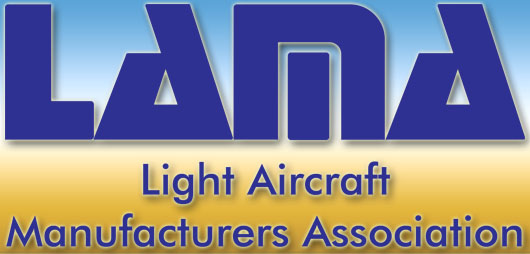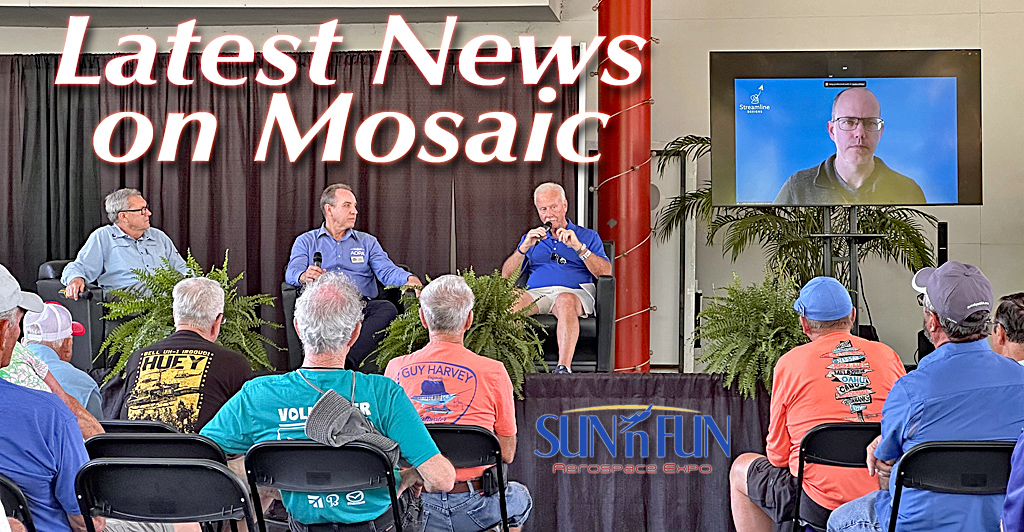
Well before Sun ‘n Fun 2025, a remarkable thing happened. The large and small of aviation got together to request the administration grant special handling for aircraft in the Tariff Wars. Giants like GAMA, the General Aviation Manufacturers Association and small organizations like LAMA, the Light Aircraft Manufacturers Association joined forces to make the tariff exemption request. Wish them luck! You may benefit. If you think a GAMA/LAMA joint initiative is an unusual request, you may have missed that aircraft and aircraft parts are often exempted from these sorts of political power plays. The whole world recognizes the value of aviation. Yet compared to cars, computers, steel, or oil, aircraft and aircraft parts represent a modest percentage of the global marketplace. Since it is important yet relatively small, it has frequently received special handling. At Sun ‘n Fun a remarkable thing repeated. Again, leaders got together, but this time it was to discuss and explain Mosaic.


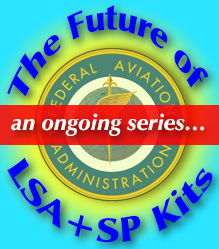 Giants like GAMA, the General Aviation Manufacturers Association and small organizations like
Giants like GAMA, the General Aviation Manufacturers Association and small organizations like 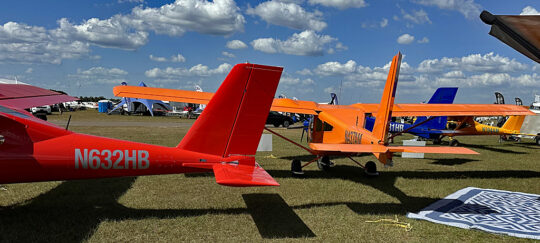
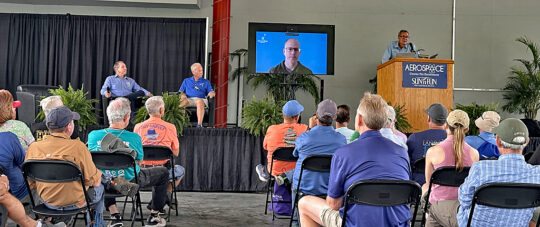
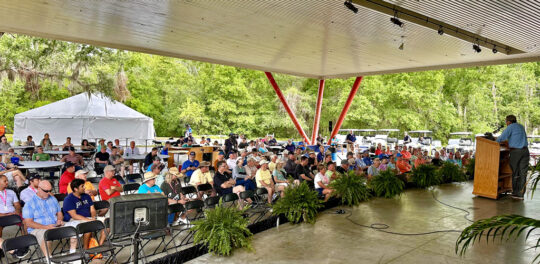 EAA's Pelton offered several insights, including this comment, that will thrill many pilots who have followed Mosaic’s development, “This [new rule] will encompass airplanes like the Cessna 172 and Cessna 182.”
AOPA's Pleasance was even more plainspoken, “Nothing [about Mosaic] has slowed down or stopped. It’s still a priority for FAA." He observed recent conversations indicate that FAA considers Mosaic “a win” — then adding, “And they [FAA] need a win right now.”
EAA's Pelton offered several insights, including this comment, that will thrill many pilots who have followed Mosaic’s development, “This [new rule] will encompass airplanes like the Cessna 172 and Cessna 182.”
AOPA's Pleasance was even more plainspoken, “Nothing [about Mosaic] has slowed down or stopped. It’s still a priority for FAA." He observed recent conversations indicate that FAA considers Mosaic “a win” — then adding, “And they [FAA] need a win right now.”
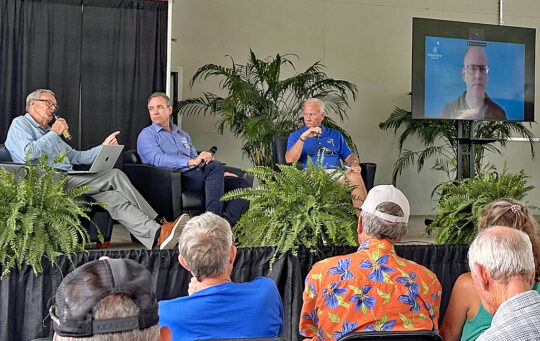

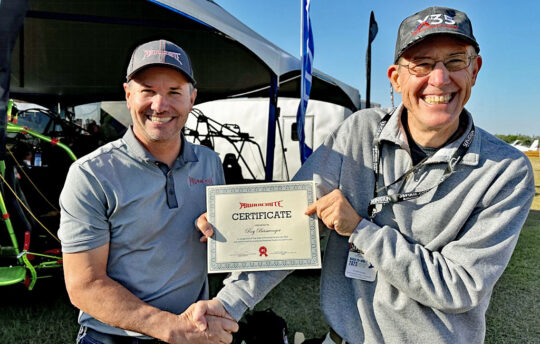
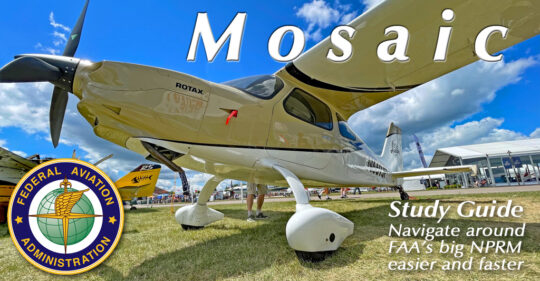
 Currently, new rules are proposed, then discussed by government and the public. Afterward, FAA huddles and writes the proposed rule. When done, a notice of proposed rulemaking is offered for public comment. After the comment period closes, the federal agency goes quiet to revise the rule without outside interference. After the rule is published, the public can comment no more.
Currently, new rules are proposed, then discussed by government and the public. Afterward, FAA huddles and writes the proposed rule. When done, a notice of proposed rulemaking is offered for public comment. After the comment period closes, the federal agency goes quiet to revise the rule without outside interference. After the rule is published, the public can comment no more.
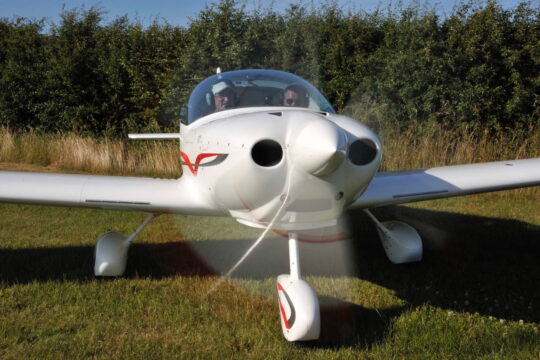 While Trump's regulatory changes may be worthy, any change to the way Washington works means regulations take longer. Since pilots are somewhat forced to wait for regulation to emerge before they can buy exciting new airplanes, any alteration that permits pilots to see the finalized rule before it is released seems laudable — though this necessarily extends the time needed.
In short, the odds of further delay in Mosaic's release appears probable. Stay alert!
Roy's 11-minute video below clarifies much more on this Regulatory Freeze Pending Review…
While Trump's regulatory changes may be worthy, any change to the way Washington works means regulations take longer. Since pilots are somewhat forced to wait for regulation to emerge before they can buy exciting new airplanes, any alteration that permits pilots to see the finalized rule before it is released seems laudable — though this necessarily extends the time needed.
In short, the odds of further delay in Mosaic's release appears probable. Stay alert!
Roy's 11-minute video below clarifies much more on this Regulatory Freeze Pending Review…
 In the following video, longtime aviation journalist Roy Beisswenger provides background and clarity on a possible Mosaic freeze.
Those that prefer to read what he said or who want to review specifics can find the entire video text below.
https://youtu.be/OXGdXJ1JD-s?si=TASUYFB03hN49g8x
In the following video, longtime aviation journalist Roy Beisswenger provides background and clarity on a possible Mosaic freeze.
Those that prefer to read what he said or who want to review specifics can find the entire video text below.
https://youtu.be/OXGdXJ1JD-s?si=TASUYFB03hN49g8x
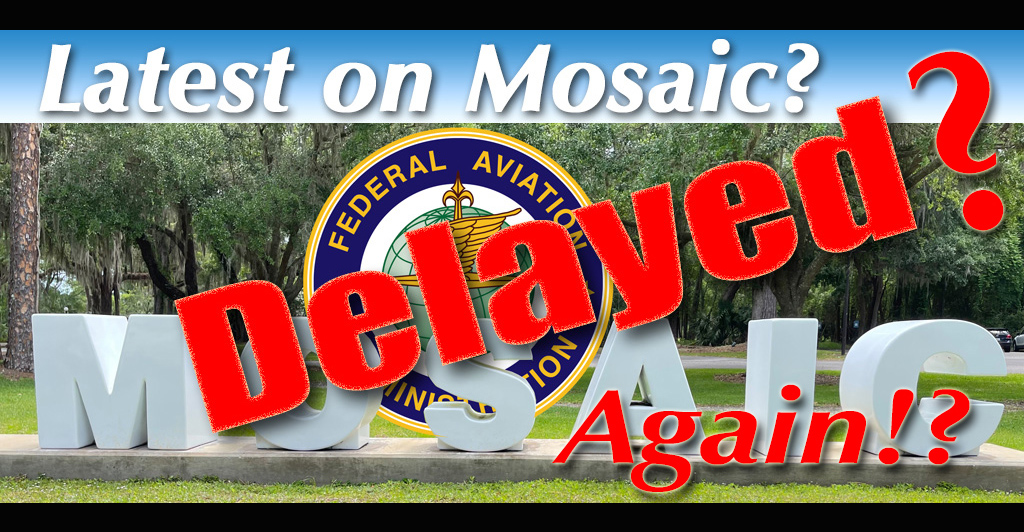
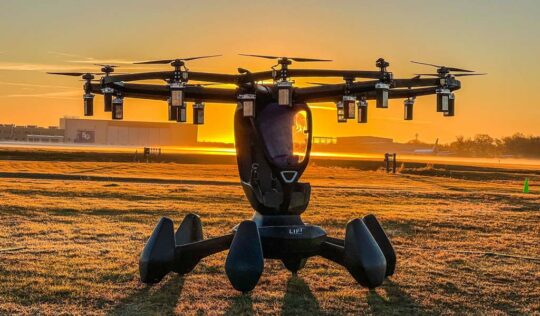
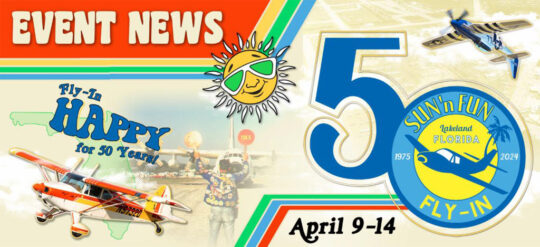 Sun 'n Fun e-blasted, "6 Things To Do When You Land at Sun 'n Fun 2024!" The half-century-old event runs April 9 to 14, 2024 in Lakeland, Florida.
Sun 'n Fun e-blasted, "6 Things To Do When You Land at Sun 'n Fun 2024!" The half-century-old event runs April 9 to 14, 2024 in Lakeland, Florida.
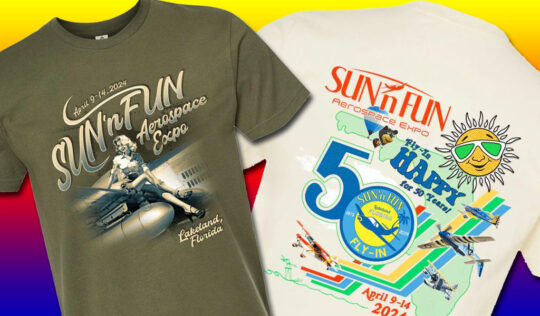 Fly ‘n Early Aircraft Camping packages allow you to fly in as early as Saturday 4/6/2024 and stay through Thursday 4/11/2024. Includes camping and admissions for one or two persons. Great for those who fly-in early and depart on Thursday!
Fly ‘n Early Aircraft Camping packages allow you to fly in as early as Saturday 4/6/2024 and stay through Thursday 4/11/2024. Includes camping and admissions for one or two persons. Great for those who fly-in early and depart on Thursday!

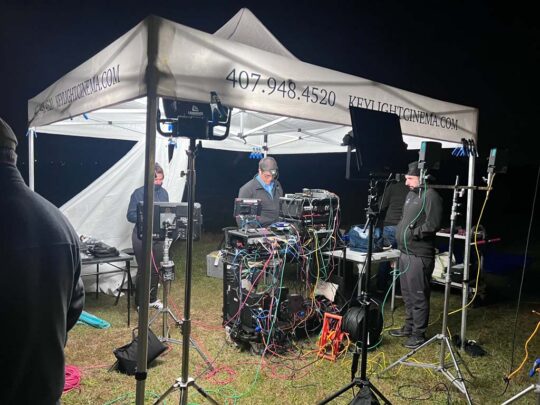
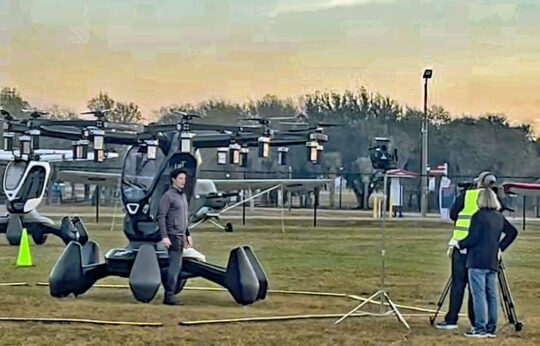
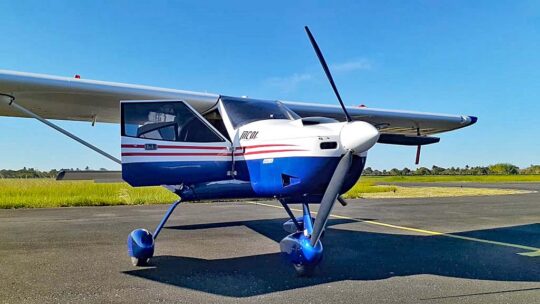 Ready for some aviation alphabet soup? LSA and VREF get together. The first abbreviation you know well. The latter may look familiar but the appraisal service appears concentrated on higher-end aircraft, which makes sense as those aircraft comprise the bulk of the U.S. aircraft fleet.
Ready for some aviation alphabet soup? LSA and VREF get together. The first abbreviation you know well. The latter may look familiar but the appraisal service appears concentrated on higher-end aircraft, which makes sense as those aircraft comprise the bulk of the U.S. aircraft fleet.
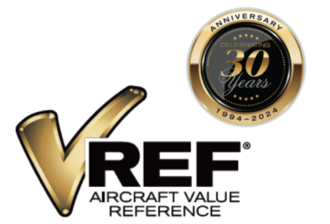 "VREF listing ensures accurate market valuation of the MC-01, facilitating smoother financing and insurance processes for buyers," Shalom continued. "In addition, such recognized listings allow value to be accurately forecasted, providing a reliable benchmark for resale value."
"VREF listing ensures accurate market valuation of the MC-01, facilitating smoother financing and insurance processes for buyers," Shalom continued. "In addition, such recognized listings allow value to be accurately forecasted, providing a reliable benchmark for resale value."

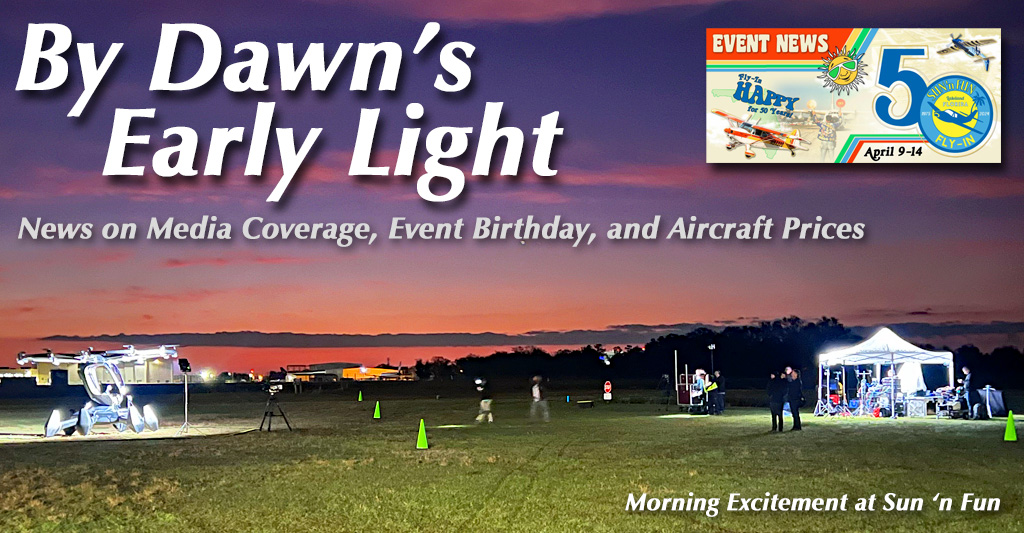
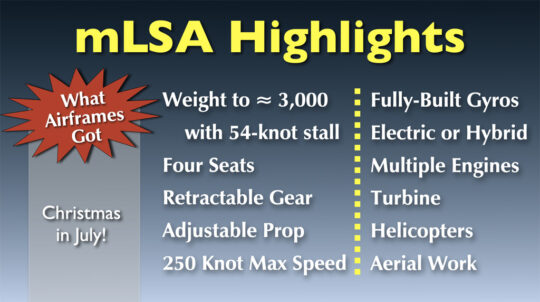 It is possible to request an extension, but of course, that will simply add time to the end, delaying the new rule's release. Pilots would have to wait longer for its benefits.
On the other hand, while portions of Mosaic are like Christmas in July, other sections stimulate questions, big and small. The document is only a proposal. It will change. Your comments could help move it in a direction you wish, but you have to comment to hope for an improvement.
The rule can be divided into two main parts: airplanes and pilot certificates plus operating limitations (including maintenance). The former is like "Christmas in July" with many capabilities industry and pilot member organizations sought. The latter describes who gets to fly (and maintain) these Mosaic LSA and under what rules. This section inspires more concern; some of this you can pick up from the nearby charts but learning more will take additional study and some discussion.
It is possible to request an extension, but of course, that will simply add time to the end, delaying the new rule's release. Pilots would have to wait longer for its benefits.
On the other hand, while portions of Mosaic are like Christmas in July, other sections stimulate questions, big and small. The document is only a proposal. It will change. Your comments could help move it in a direction you wish, but you have to comment to hope for an improvement.
The rule can be divided into two main parts: airplanes and pilot certificates plus operating limitations (including maintenance). The former is like "Christmas in July" with many capabilities industry and pilot member organizations sought. The latter describes who gets to fly (and maintain) these Mosaic LSA and under what rules. This section inspires more concern; some of this you can pick up from the nearby charts but learning more will take additional study and some discussion.
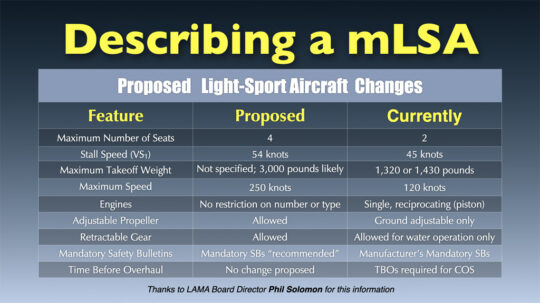
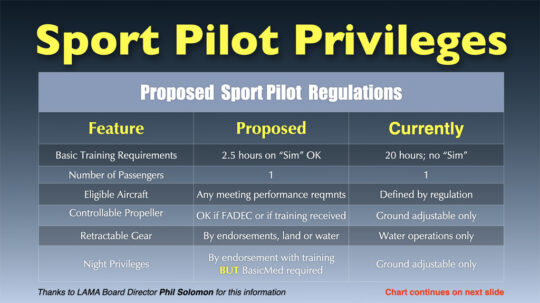
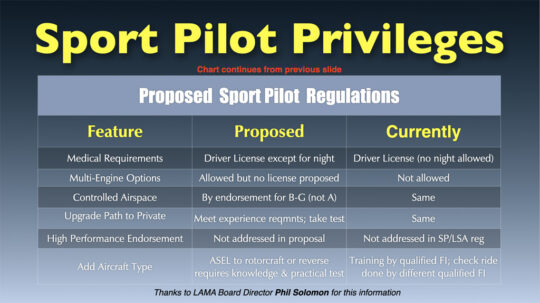 Or, at least express yourself if you are dissatisfied with the product FAA offers. While I urge you not to rant, you can most certainly offer constructive criticism, but that will be most effective if you add a possible solution for them. That will not be possible for everybody, but some of you will be inspired in various ways, and I hope you'll all give it a shot.
Now that I've given you some fascinating thoughts for the weekend I hope you'll spend a little time because, folks, we've only got 50-some days left before the FAA goes back into their huddle to assess the comments and make changes. …tick, tock!
Or, at least express yourself if you are dissatisfied with the product FAA offers. While I urge you not to rant, you can most certainly offer constructive criticism, but that will be most effective if you add a possible solution for them. That will not be possible for everybody, but some of you will be inspired in various ways, and I hope you'll all give it a shot.
Now that I've given you some fascinating thoughts for the weekend I hope you'll spend a little time because, folks, we've only got 50-some days left before the FAA goes back into their huddle to assess the comments and make changes. …tick, tock!
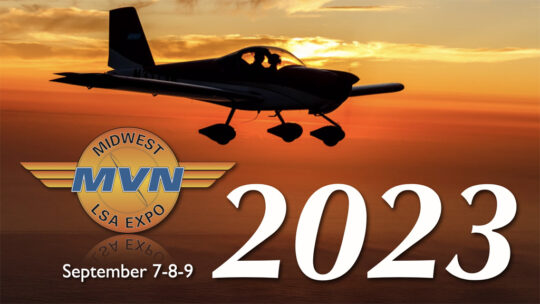
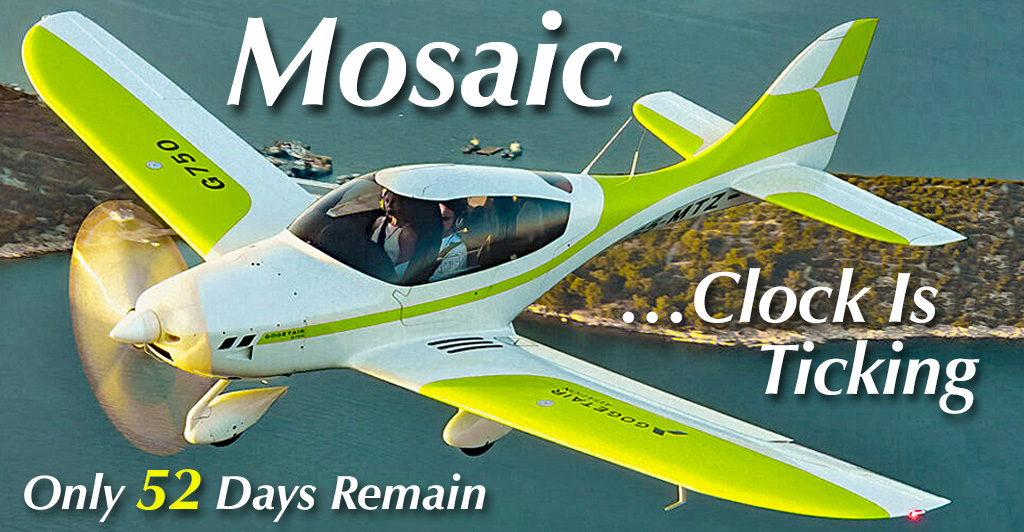
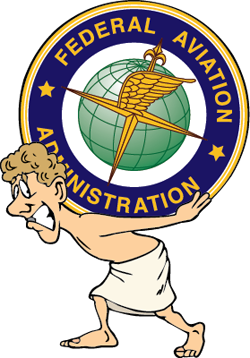 But… uggghhh! Who wants to read this stuff? If it doesn't put you to sleep, it might infuriate you.
Overall, FAA's proposal has been warmly received as it opens the door to more capable aircraft that a Sport Pilot can fly. That's good but the document has problems, too. Following are four examples…
But… uggghhh! Who wants to read this stuff? If it doesn't put you to sleep, it might infuriate you.
Overall, FAA's proposal has been warmly received as it opens the door to more capable aircraft that a Sport Pilot can fly. That's good but the document has problems, too. Following are four examples…
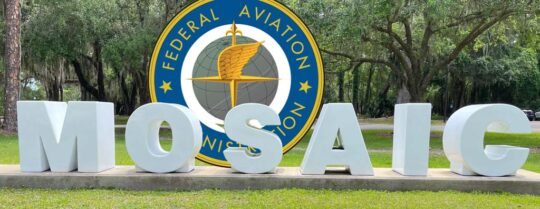
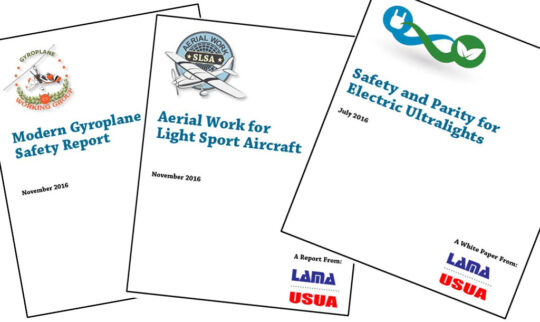 It just got a lot easier, thanks to
It just got a lot easier, thanks to 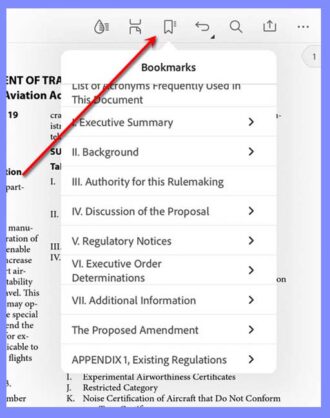
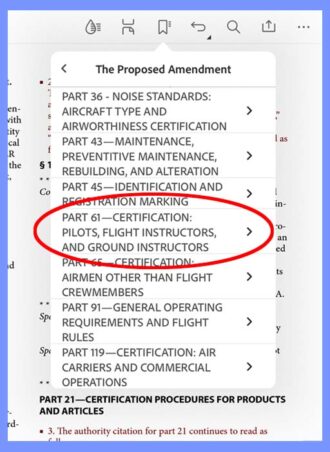
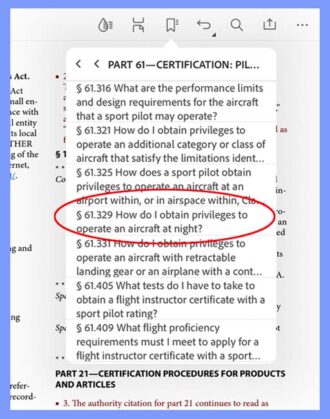
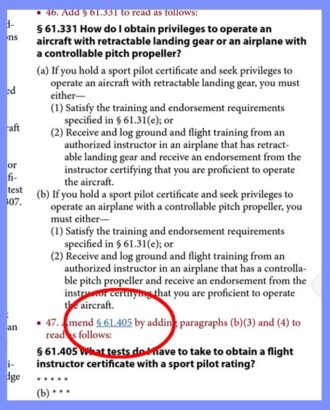
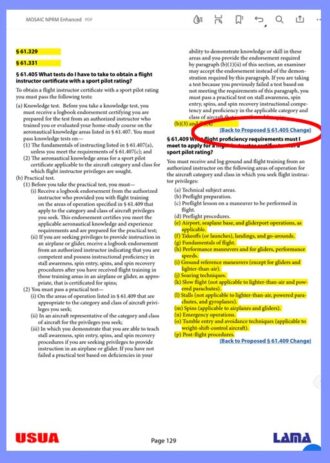
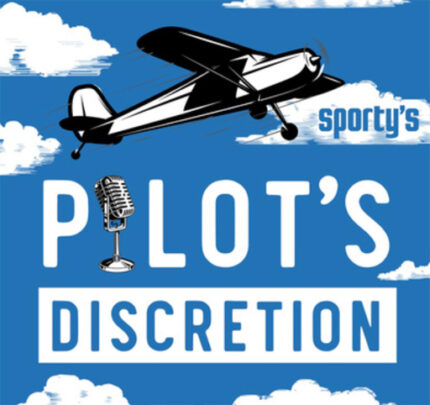
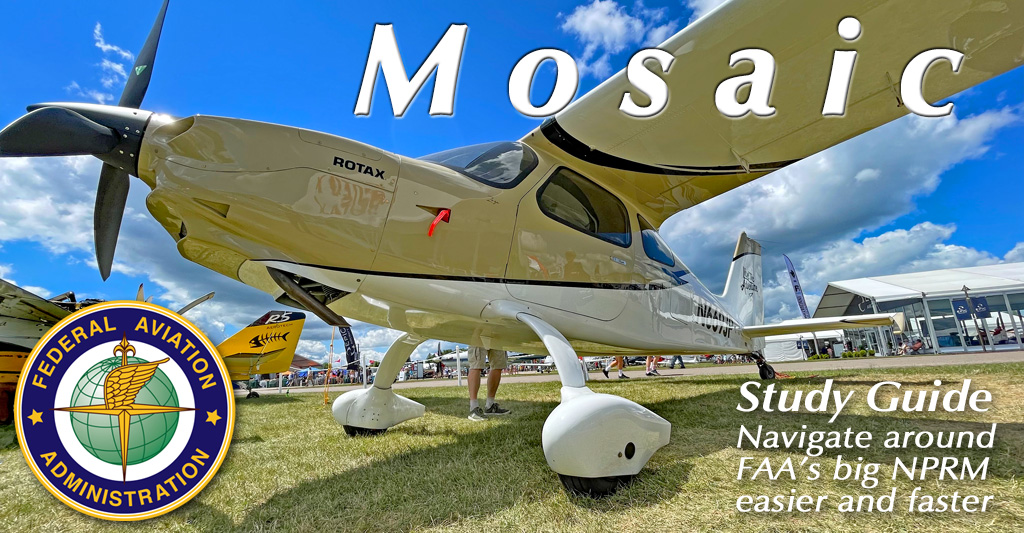
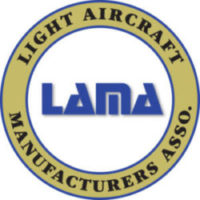 LAMA, the Light Aircraft Manufacturers Association, hosted a gathering of European manufacturers during last month's Aero Friedrichshafen show. Van's Aircraft President and Chief Engineer Rian Johnson accepted LAMA's invitation and presented an update on Mosaic. As the leader of the ASTM committee working on LSA standards, he covered expected changes to help manufacturers prepare.
LAMA, the Light Aircraft Manufacturers Association, hosted a gathering of European manufacturers during last month's Aero Friedrichshafen show. Van's Aircraft President and Chief Engineer Rian Johnson accepted LAMA's invitation and presented an update on Mosaic. As the leader of the ASTM committee working on LSA standards, he covered expected changes to help manufacturers prepare.
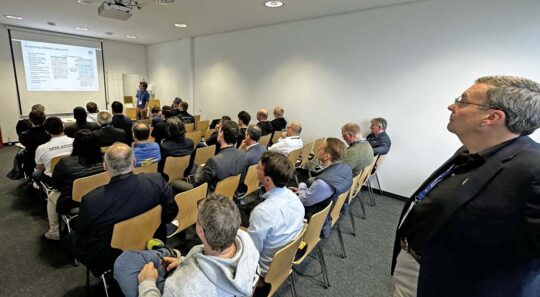
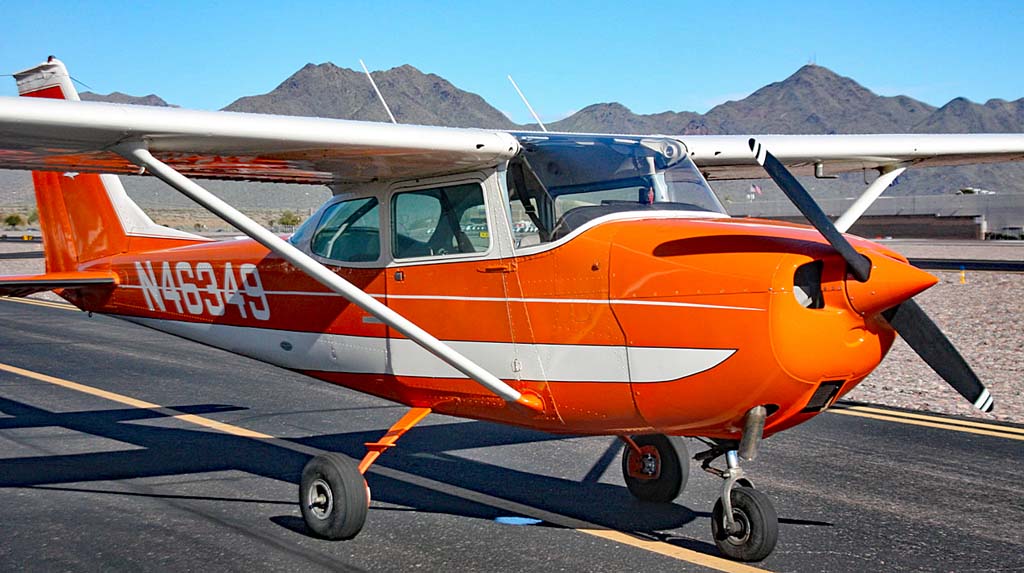
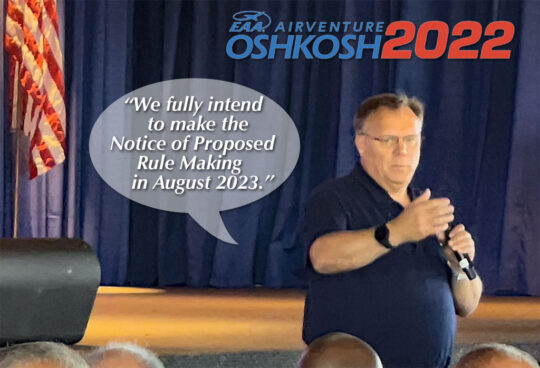
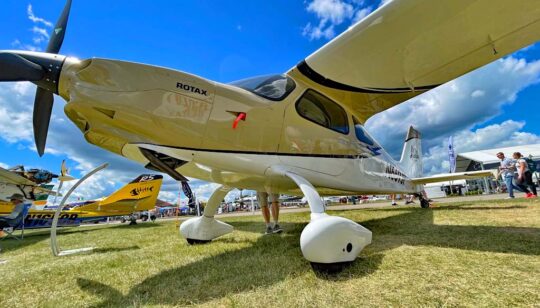
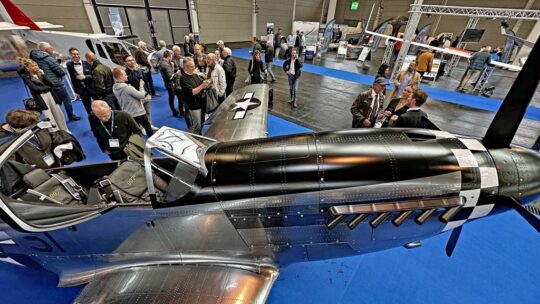
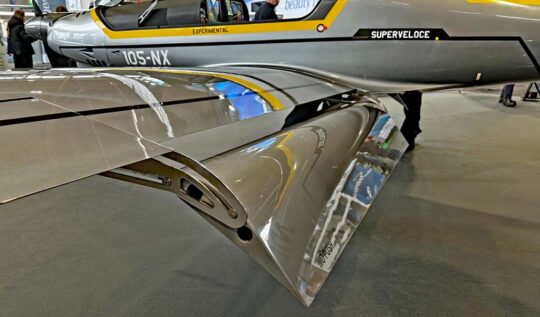
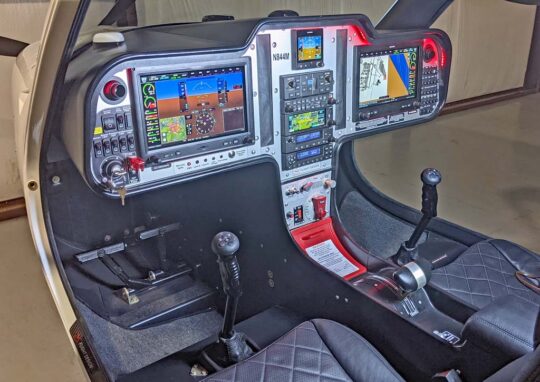
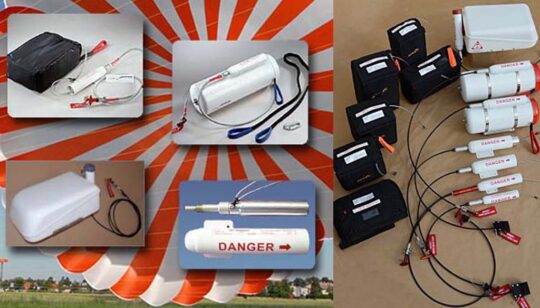
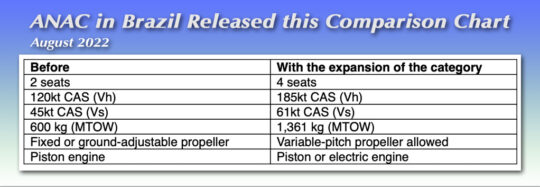 FAA is very keen to have Mosaic aircraft be "transferable," added Rian in his LAMA talk. FAA officials are working with their counterparts in Europe, at EASA, and in Brazil to align their regulations. The latter country's ANAC agency has already passed regulations that are very similar (link below; also nearby chart) though not identical to Mosaic. FAA realizes, Rian said, that if regulations are sufficiently close, an airplane manufacturer in one country can sell in another with relative ease. This already happens for LSA aircraft, where countries in Europe and other nations like Australia, Brazil, South African, China, and more have embraced very similar regulations.
FAA is very keen to have Mosaic aircraft be "transferable," added Rian in his LAMA talk. FAA officials are working with their counterparts in Europe, at EASA, and in Brazil to align their regulations. The latter country's ANAC agency has already passed regulations that are very similar (link below; also nearby chart) though not identical to Mosaic. FAA realizes, Rian said, that if regulations are sufficiently close, an airplane manufacturer in one country can sell in another with relative ease. This already happens for LSA aircraft, where countries in Europe and other nations like Australia, Brazil, South African, China, and more have embraced very similar regulations.
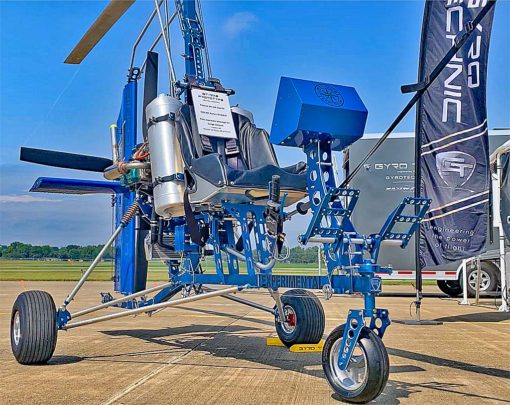
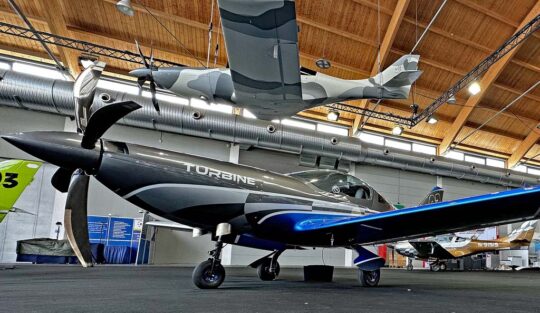 Amazingly, even turbine engines are reportedly in consideration. If this keeps up, pilots might come to love Mosaic after all. The big question as summer arrives… "Will FAA release the NPRM in August as predicted?" Keep clicking or tapping back for more info.
Amazingly, even turbine engines are reportedly in consideration. If this keeps up, pilots might come to love Mosaic after all. The big question as summer arrives… "Will FAA release the NPRM in August as predicted?" Keep clicking or tapping back for more info.

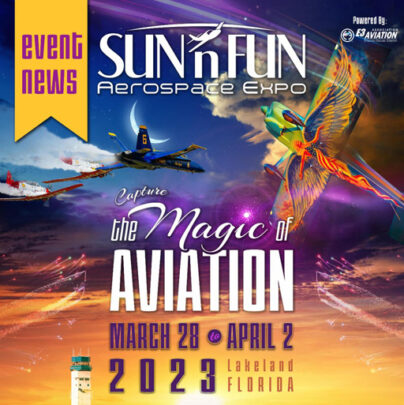 With a delicious 10-day spacing between them — time to rest up a bit after a vigorous week — later in April comes
With a delicious 10-day spacing between them — time to rest up a bit after a vigorous week — later in April comes 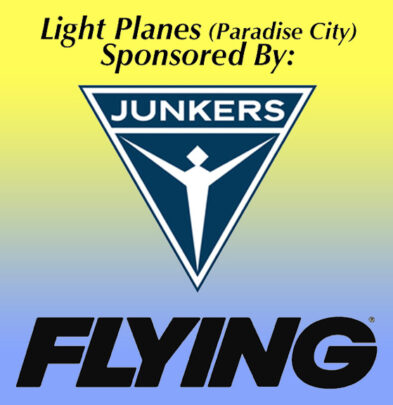 Organizers of the 49th event announced major plans for this popular airshow that kicks off the recreational flying season. My focus is on LSA, Sport Pilot kits, and ultralights. At Sun 'n Fun, that means Paradise City, where big things are happening. You would not be wrong if you scanned this article and saw increased interest in this part of the overall Sun 'n Fun grounds.
Organizers of the 49th event announced major plans for this popular airshow that kicks off the recreational flying season. My focus is on LSA, Sport Pilot kits, and ultralights. At Sun 'n Fun, that means Paradise City, where big things are happening. You would not be wrong if you scanned this article and saw increased interest in this part of the overall Sun 'n Fun grounds.
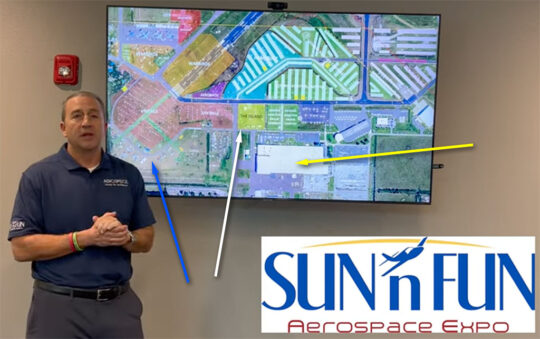
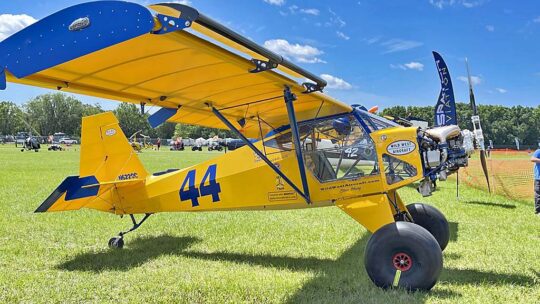
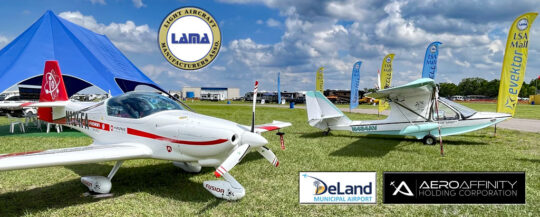 Perhaps it is the potent combination of new leadership and bubbling pilot energy. Perhaps new attention is related to the coming Mosaic regulation. No matter, the area known to many readers as Paradise City or the Ultralight Area — or Light Planes, as Sun 'n Fun now labels it — appears newly energized for 2023. This follows a solid year in 2022 when the overall market sector I follow was
Perhaps it is the potent combination of new leadership and bubbling pilot energy. Perhaps new attention is related to the coming Mosaic regulation. No matter, the area known to many readers as Paradise City or the Ultralight Area — or Light Planes, as Sun 'n Fun now labels it — appears newly energized for 2023. This follows a solid year in 2022 when the overall market sector I follow was 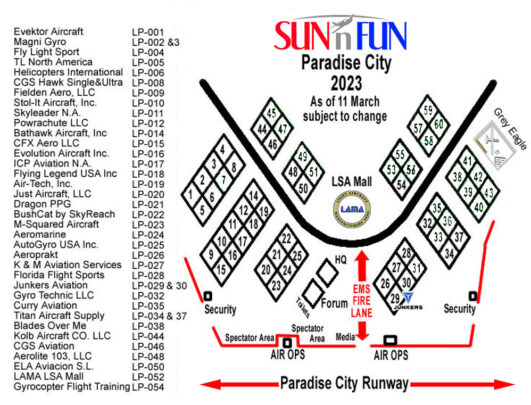 The other sponsor is a new aircraft manufacturer,
The other sponsor is a new aircraft manufacturer, 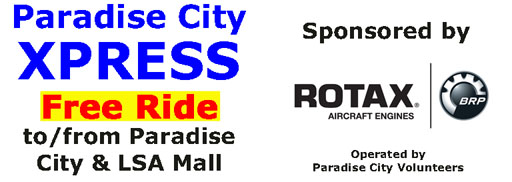 Rotax Aircraft Engines
Rotax Aircraft Engines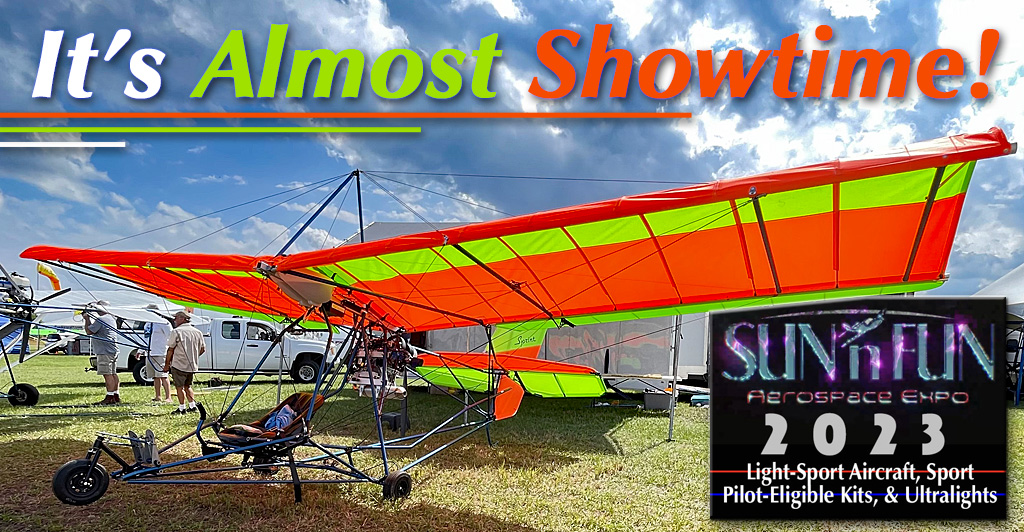
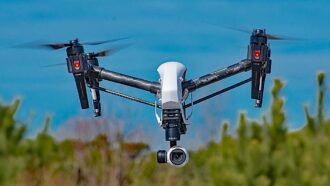 It is impossible to keep up with all the regulatory actions from dozens of agencies. Some of this stuff is dry as old bones. The document I'm focused on runs to 381 pages. If you're a real glutton for punishment,
It is impossible to keep up with all the regulatory actions from dozens of agencies. Some of this stuff is dry as old bones. The document I'm focused on runs to 381 pages. If you're a real glutton for punishment, 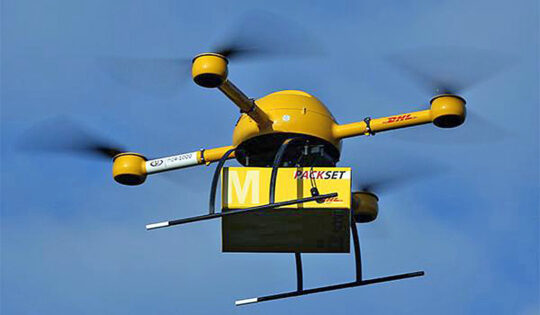 In fact, some organizations have big problems with what's been proposed (see "Friends in High Places" below).
The trouble is, such a lengthy report by an Aviation Rulemaking Committee, or ARC, will get the attention of FAA rule writers. The agency asked for a report. They got one. They have to read it. It might get enacted, as is… unless —!
Other groups have already given thoughtful responses but you should consider this an early warm-up for your letter writing later this year. I refer to the coming NPRM for MOSAIC — get ready to write your comments by fall 2022 — but here is another pre-regulatory action that demands our attention.
In fact, some organizations have big problems with what's been proposed (see "Friends in High Places" below).
The trouble is, such a lengthy report by an Aviation Rulemaking Committee, or ARC, will get the attention of FAA rule writers. The agency asked for a report. They got one. They have to read it. It might get enacted, as is… unless —!
Other groups have already given thoughtful responses but you should consider this an early warm-up for your letter writing later this year. I refer to the coming NPRM for MOSAIC — get ready to write your comments by fall 2022 — but here is another pre-regulatory action that demands our attention.
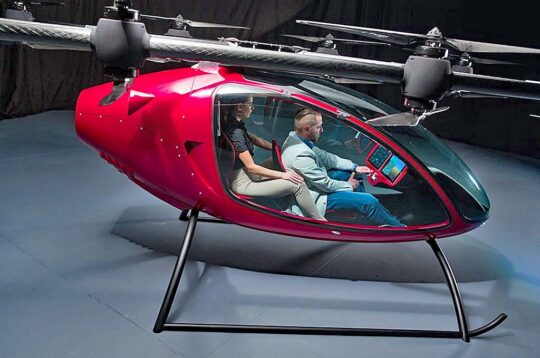
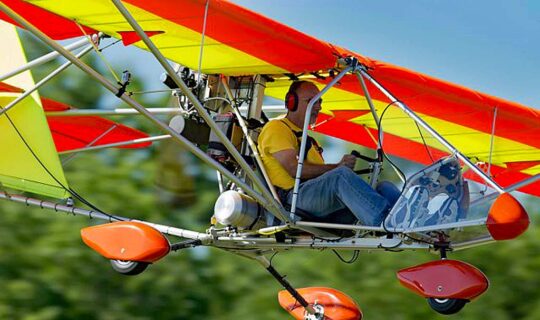
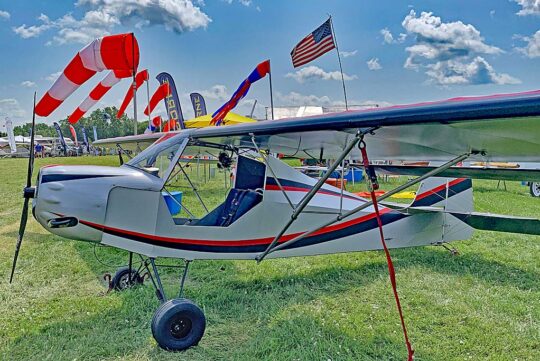
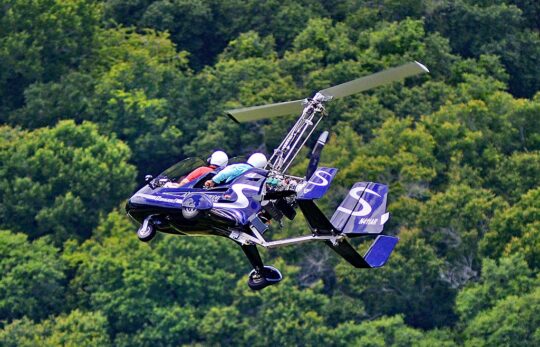
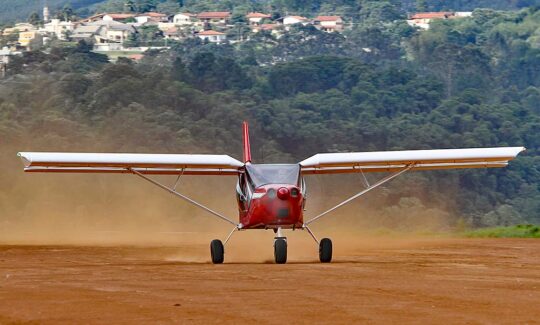

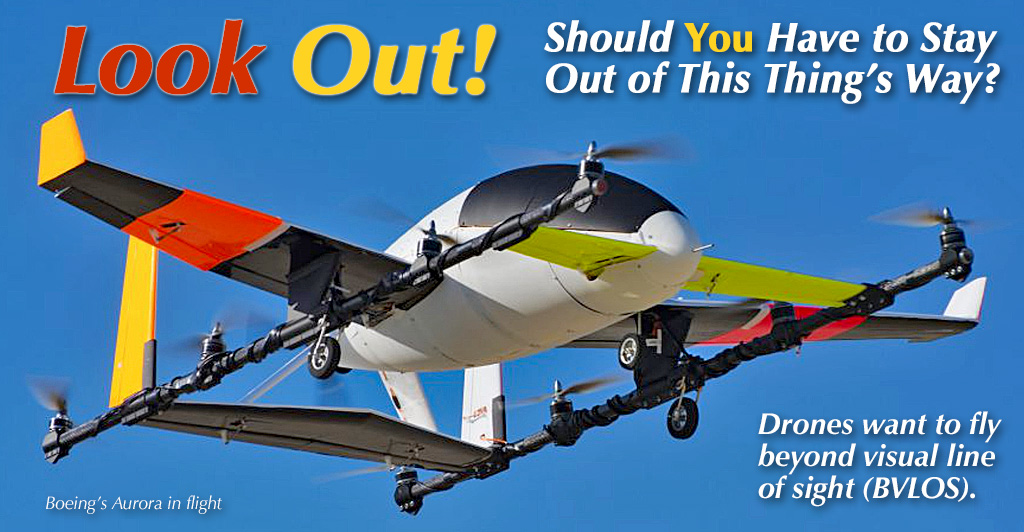
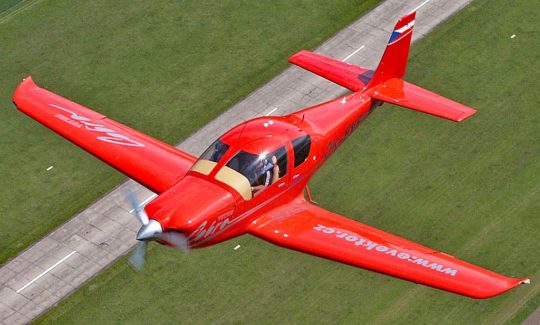 Here in early summer 2021, new information was discovered that shines additional light on what is ahead.
I am privileged to have recent information in which I have very high confidence.
While we do not know everything yet — neither does FAA itself — we are getting a clearer picture. Nonetheless, you should remember this is a proposal still in deliberation. It is not a completed regulation. We will know definitely what FAA recommends only when the NPRM (Notice of Proposed Rule Making) is released. My best guess for that is EAA AirVenture Oshkosh 2022 …about one year in the future. The final rule, after assessing all comments, is not expected until the end of 2023.
Here in early summer 2021, new information was discovered that shines additional light on what is ahead.
I am privileged to have recent information in which I have very high confidence.
While we do not know everything yet — neither does FAA itself — we are getting a clearer picture. Nonetheless, you should remember this is a proposal still in deliberation. It is not a completed regulation. We will know definitely what FAA recommends only when the NPRM (Notice of Proposed Rule Making) is released. My best guess for that is EAA AirVenture Oshkosh 2022 …about one year in the future. The final rule, after assessing all comments, is not expected until the end of 2023.
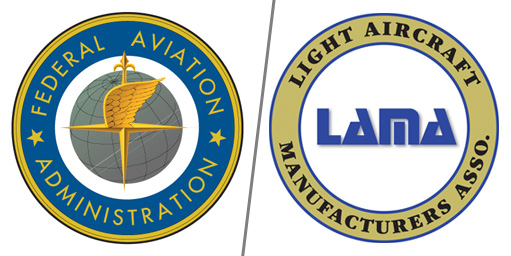 LAMA, represented by myself and Roy Beisswenger, had numerous fruitful discussions with FAA. We went to many meetings and made several trips to FAA headquarters in Washington, DC. In most of these meetings we found FAA people interested to advance LSA in the aviation world and interested to hear what changes we wanted. LAMA was satisfied with those discussions and, indeed, FAA incorporated into the proposal every LAMA request. All LAMA's "asks" are captioned in
LAMA, represented by myself and Roy Beisswenger, had numerous fruitful discussions with FAA. We went to many meetings and made several trips to FAA headquarters in Washington, DC. In most of these meetings we found FAA people interested to advance LSA in the aviation world and interested to hear what changes we wanted. LAMA was satisfied with those discussions and, indeed, FAA incorporated into the proposal every LAMA request. All LAMA's "asks" are captioned in 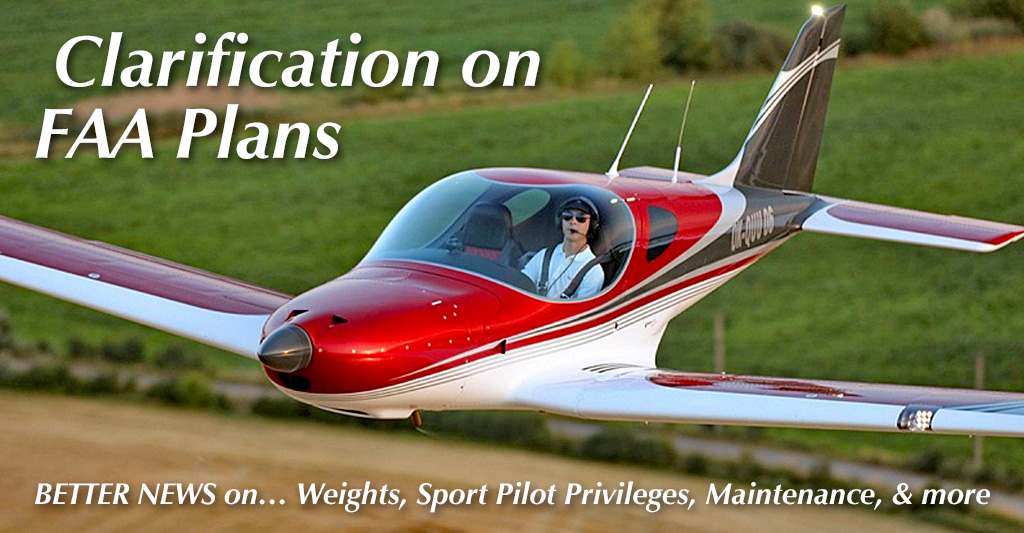
 Can aviation lead us back toward normal? Globally, governments have ordered their citizens to stay at home and all the rest, as you’ve heard ad naseum. Some places — Florida, as a sunshining example — is more open than others but much of civilization remains restricted.
Can aviation lead us back toward normal? Globally, governments have ordered their citizens to stay at home and all the rest, as you’ve heard ad naseum. Some places — Florida, as a sunshining example — is more open than others but much of civilization remains restricted. 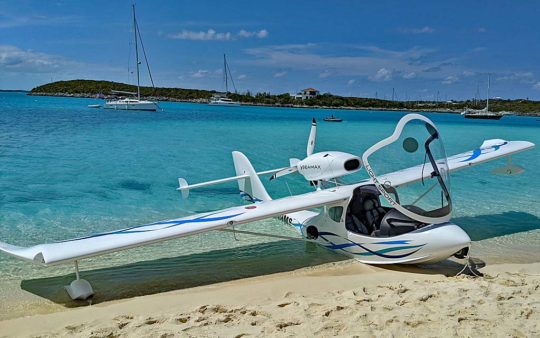

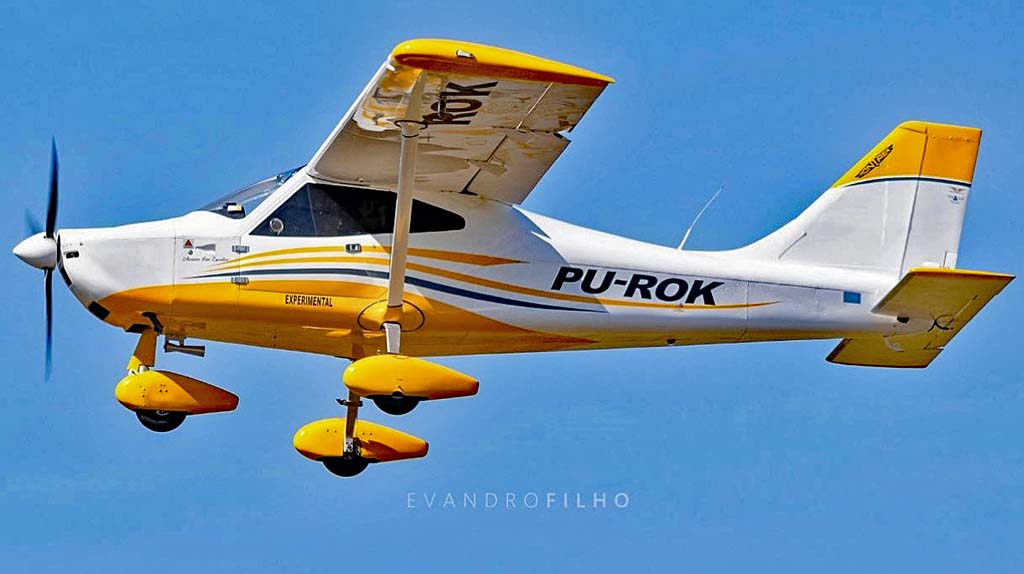
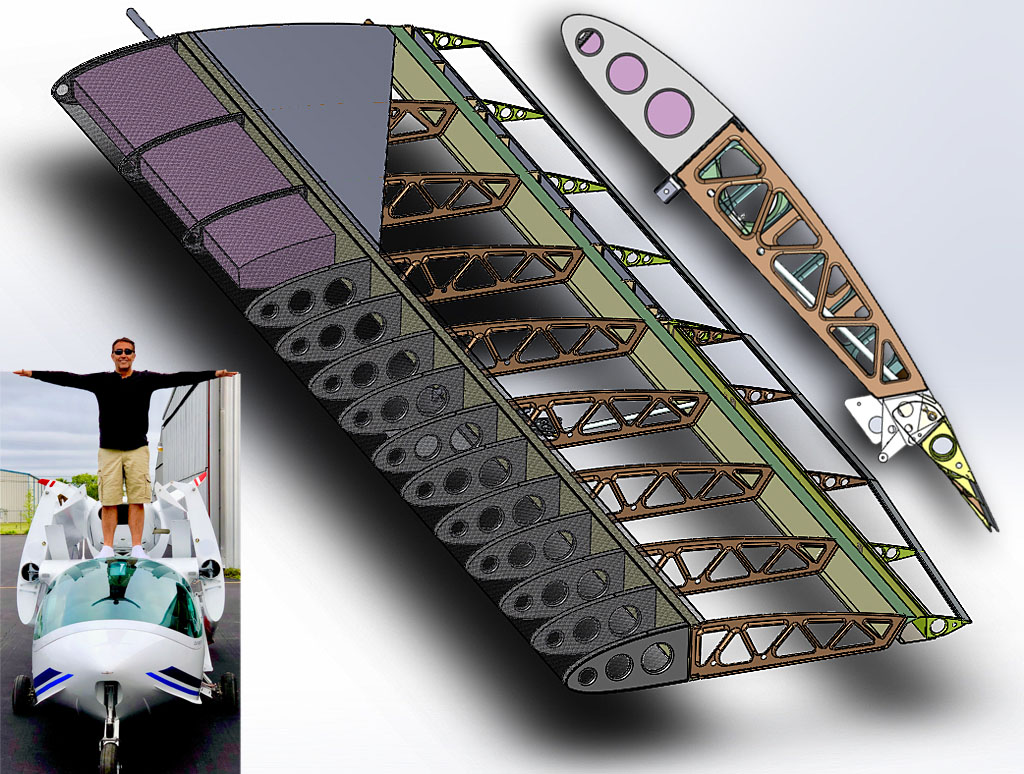
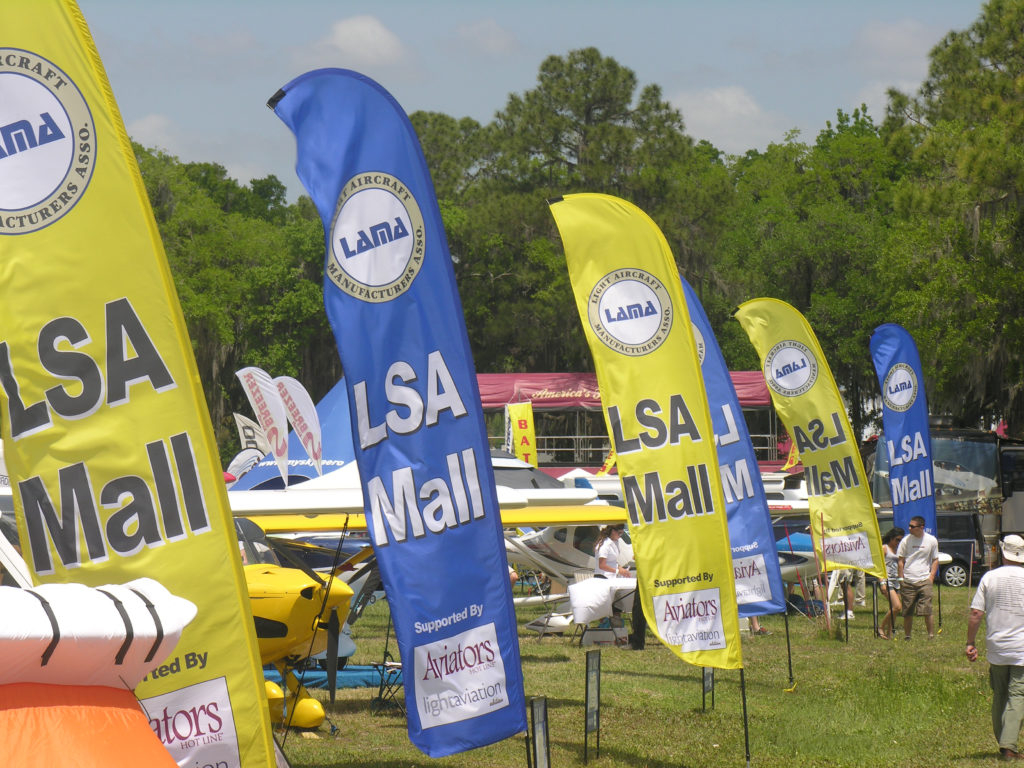
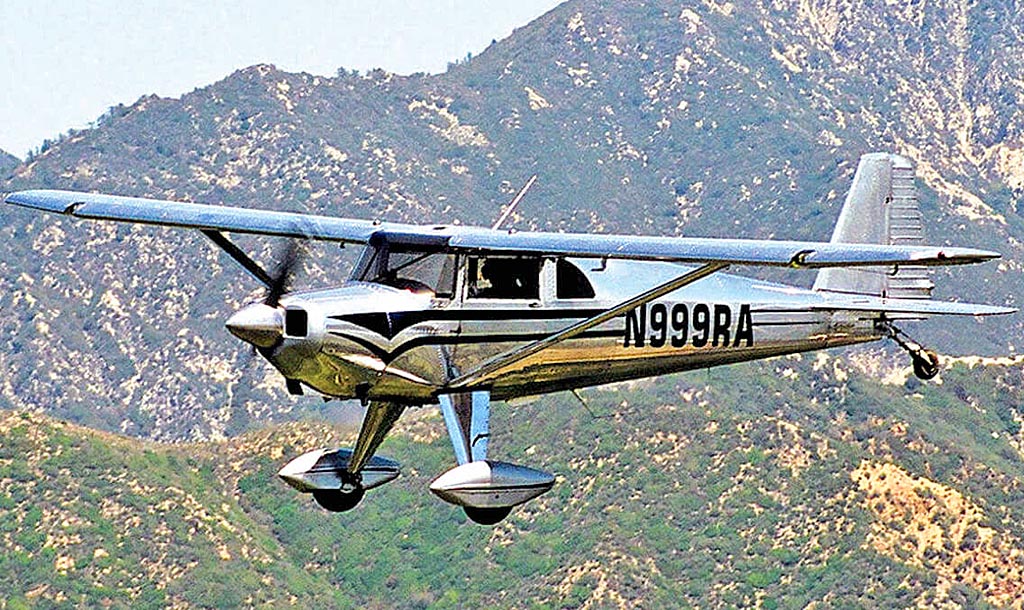
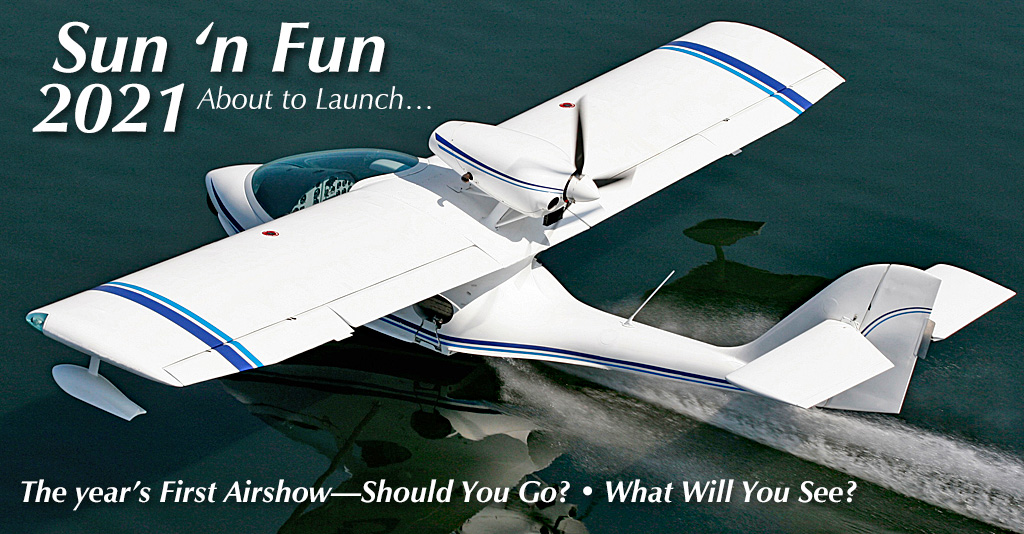
 FAA is moving forward on the rulemaking project yet everything remains in progress while the agency gathers internal assessments. What follows is as accurate as possible at this time but changes will occur.
FAA is moving forward on the rulemaking project yet everything remains in progress while the agency gathers internal assessments. What follows is as accurate as possible at this time but changes will occur.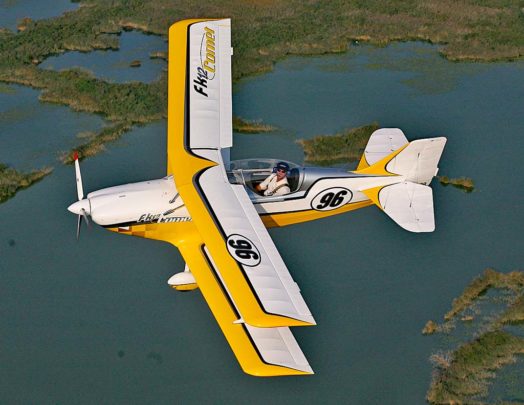 FAA generally agreed with our back-calendar estimate that the NPRM may be forthcoming in late 2021 or early 2022. This was based on the perceived amount of work remaining.
The NPRM must be released about that time to allow FAA to have a finished regulation by the end of 2023. The 2023 date is a deadline set by the U.S. Congress as part of approving FAA’s budget — called the FAA Reauthorization Act of 2018.
While changes in wording are inevitable, it is the big changes on which we will focus here. Please remember, MOSAIC encompasses more than LSA, but LAMA’s focus remains entirely on matters of interest to the LSA producer community, to other businesses that serve that market, and to the recreational pilot community.
FAA functions under the Department of Transportation.
FAA generally agreed with our back-calendar estimate that the NPRM may be forthcoming in late 2021 or early 2022. This was based on the perceived amount of work remaining.
The NPRM must be released about that time to allow FAA to have a finished regulation by the end of 2023. The 2023 date is a deadline set by the U.S. Congress as part of approving FAA’s budget — called the FAA Reauthorization Act of 2018.
While changes in wording are inevitable, it is the big changes on which we will focus here. Please remember, MOSAIC encompasses more than LSA, but LAMA’s focus remains entirely on matters of interest to the LSA producer community, to other businesses that serve that market, and to the recreational pilot community.
FAA functions under the Department of Transportation.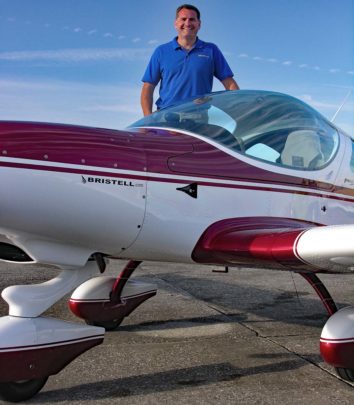 At present, FAA has given no specifics on speed, but reading between the lines, LAMA expects maximum flight speeds could be 140-150 knots.
Pilot & Mechanic Certificates — Related to FAA’s ultimate decisions about what a Sport Pilot is allowed to fly and for what flight missions, what about mechanics? Specifically, what changes are coming?
FAA is examining what type of mechanics (LSR-M or A&P) can do what kind of work on specific systems of aircraft.
As an example, will a LSR-M be allowed to work on an in-flight adjustable prop, retractable landing gear, or electric/hybrid propulsion systems?
These questions are still being evaluated, but FAA acknowledges that the issue may work itself out through the industry consensus standards process as it has for similar maintenance issues.
At present, FAA has given no specifics on speed, but reading between the lines, LAMA expects maximum flight speeds could be 140-150 knots.
Pilot & Mechanic Certificates — Related to FAA’s ultimate decisions about what a Sport Pilot is allowed to fly and for what flight missions, what about mechanics? Specifically, what changes are coming?
FAA is examining what type of mechanics (LSR-M or A&P) can do what kind of work on specific systems of aircraft.
As an example, will a LSR-M be allowed to work on an in-flight adjustable prop, retractable landing gear, or electric/hybrid propulsion systems?
These questions are still being evaluated, but FAA acknowledges that the issue may work itself out through the industry consensus standards process as it has for similar maintenance issues.
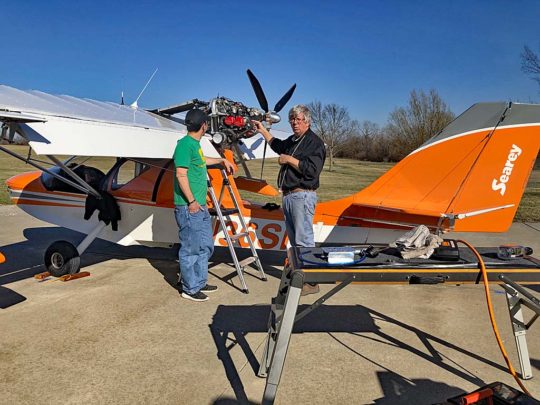 However, matters regarding operation of LSA falls under Flight Standards, the people who manage Part 61 (airmen certification) and Part 65 (mechanics).
Because MOSAIC is such a wide-ranging rule, various other FAA departments will address areas of their expertise. Note that this is a central reason why the regulation will take all of the next two years to fully develop.
FAA is evaluating what type of mechanics (LSR-M or A&P) can do what kind of work on specific systems of aircraft but maintain their focus on the consensus standards process to sort out maintenance issues.
This report is current and was reviewed in March 2020. It is as accurate as we can make it at this time, but it bears repeating one more time: this is a regulation still in process. Many changes may occur. Despite that caveat, the report shows where FAA is generally headed with MOSAIC. Keep your seat belts fastened!
However, matters regarding operation of LSA falls under Flight Standards, the people who manage Part 61 (airmen certification) and Part 65 (mechanics).
Because MOSAIC is such a wide-ranging rule, various other FAA departments will address areas of their expertise. Note that this is a central reason why the regulation will take all of the next two years to fully develop.
FAA is evaluating what type of mechanics (LSR-M or A&P) can do what kind of work on specific systems of aircraft but maintain their focus on the consensus standards process to sort out maintenance issues.
This report is current and was reviewed in March 2020. It is as accurate as we can make it at this time, but it bears repeating one more time: this is a regulation still in process. Many changes may occur. Despite that caveat, the report shows where FAA is generally headed with MOSAIC. Keep your seat belts fastened!
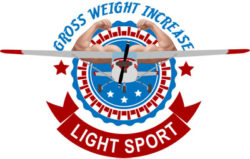 If the Ip value worked out to be less than 1.2, it was proposed at one point that the aircraft would fit within the definition of a Light Sport Aircraft. This formula would only work for airplanes, not applying to rotorcraft, powered parachutes and weight shift control trikes.
Earlier, an Excel spreadsheet escaped from the FAA that allowed a user to plug in different values for maximum gross weight, wing area, and maximum horsepower and it would instantly calculate the Power Index value.
Industry people played around with the spreadsheet, putting in different values. Soon they found that no matter what value they put in for the weight of an aircraft, it never changed the Ip. This became a topic of vigorous discussion.
If the Ip value worked out to be less than 1.2, it was proposed at one point that the aircraft would fit within the definition of a Light Sport Aircraft. This formula would only work for airplanes, not applying to rotorcraft, powered parachutes and weight shift control trikes.
Earlier, an Excel spreadsheet escaped from the FAA that allowed a user to plug in different values for maximum gross weight, wing area, and maximum horsepower and it would instantly calculate the Power Index value.
Industry people played around with the spreadsheet, putting in different values. Soon they found that no matter what value they put in for the weight of an aircraft, it never changed the Ip. This became a topic of vigorous discussion.
 However, there is a very simple explanation for the lack of sensitivity of the formula to weight. And in fact, the explanation comes from algebraically simplifying the equation itself. When you do that, you find that even though weight appears in the original equation, it quickly drops out since it is in both the numerator and the denominator.
So let’s start with the original equation:
Ip = {(W/S)/(W/P)}1/3
If you divide by a fraction, that means that you are multiplying by the inverse of that fraction. (The inverse meaning that you switch the numerator and denominator.) Doing that, you get this:
Ip = {(W/S) * (P/W)}1/3
That means that the weight is being divided by the weight, which works out to 1. The equation then solves to:
Ip = {P/S}1/3
That means that weight has no influence on the Power Index. Instead, the power index is essentially a ratio between the power of the engine in horsepower and the size of the wing.
Now that the equation is simplified, we can do something else interesting. Let’s solve for Max Power:
Ip = {P/S}1/3
Ip³ = P/S
Ip³ * S = P
In other words, the larger the wing, the more power you can use. That certainly makes sense from a safety point of view.
Solving for Max Wing Size:
S = P/Ip³
That says the same thing. The more power you have, the larger your wings need to be. Let’s see what that looks like with some real world numbers.
If you have a 100-hp motor (for example, the very common 100-hp Rotax 912ULS) then for an Ip of 1.2, your smallest possible wing size is:
S = 100/1.4³ = 57.87 square feet
However, there is a very simple explanation for the lack of sensitivity of the formula to weight. And in fact, the explanation comes from algebraically simplifying the equation itself. When you do that, you find that even though weight appears in the original equation, it quickly drops out since it is in both the numerator and the denominator.
So let’s start with the original equation:
Ip = {(W/S)/(W/P)}1/3
If you divide by a fraction, that means that you are multiplying by the inverse of that fraction. (The inverse meaning that you switch the numerator and denominator.) Doing that, you get this:
Ip = {(W/S) * (P/W)}1/3
That means that the weight is being divided by the weight, which works out to 1. The equation then solves to:
Ip = {P/S}1/3
That means that weight has no influence on the Power Index. Instead, the power index is essentially a ratio between the power of the engine in horsepower and the size of the wing.
Now that the equation is simplified, we can do something else interesting. Let’s solve for Max Power:
Ip = {P/S}1/3
Ip³ = P/S
Ip³ * S = P
In other words, the larger the wing, the more power you can use. That certainly makes sense from a safety point of view.
Solving for Max Wing Size:
S = P/Ip³
That says the same thing. The more power you have, the larger your wings need to be. Let’s see what that looks like with some real world numbers.
If you have a 100-hp motor (for example, the very common 100-hp Rotax 912ULS) then for an Ip of 1.2, your smallest possible wing size is:
S = 100/1.4³ = 57.87 square feet
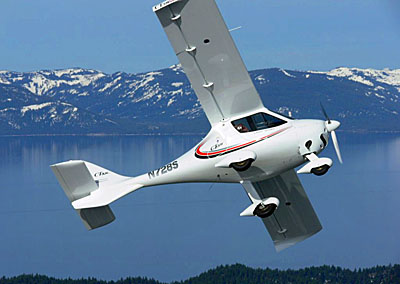 As an example, the wing area of a Flight Design CTSW is 107.0 square feet indicating that it is considerably larger than the minimum 57.87 square feet defined by an Ip of 1.2.
This probably means that an Ip of 1.2 is unlikely to be the only way that a light sport airplane will be defined with MOSAIC. Perhaps a smaller number will be used or perhaps it is only going to be one way of defining a light sport airplane (see above constraints). Perhaps a minimum stall speed (above) may also be included. That way a maximum gross weight won’t be cooked directly into the regulations, but will still end up being a consideration for airplane designers.
As an example, the wing area of a Flight Design CTSW is 107.0 square feet indicating that it is considerably larger than the minimum 57.87 square feet defined by an Ip of 1.2.
This probably means that an Ip of 1.2 is unlikely to be the only way that a light sport airplane will be defined with MOSAIC. Perhaps a smaller number will be used or perhaps it is only going to be one way of defining a light sport airplane (see above constraints). Perhaps a minimum stall speed (above) may also be included. That way a maximum gross weight won’t be cooked directly into the regulations, but will still end up being a consideration for airplane designers.
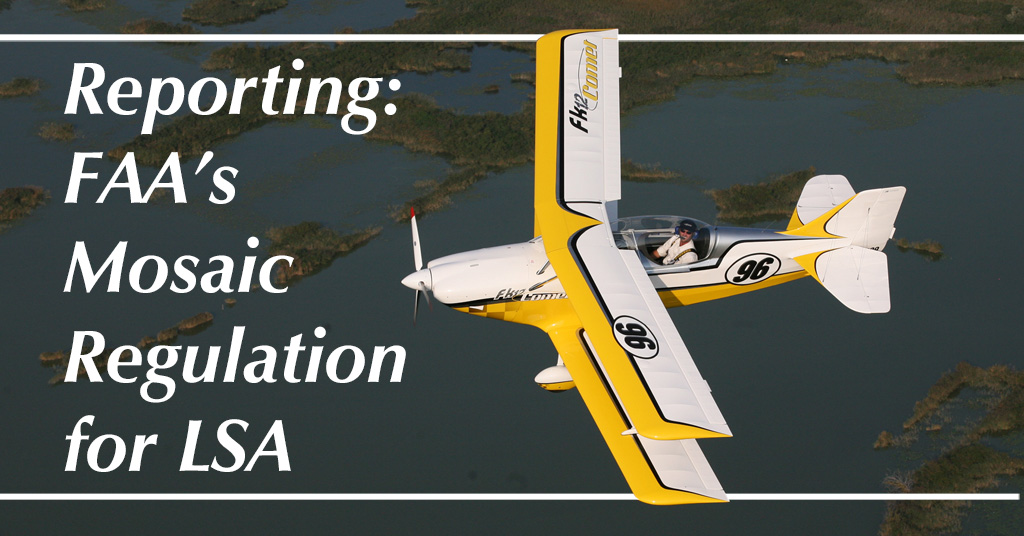
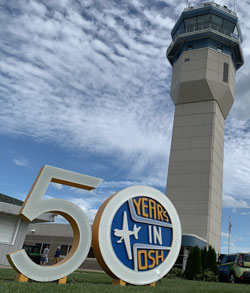 EAA announced attendance numbers identifying solid growth over last year, to 642,000 attendees
EAA announced attendance numbers identifying solid growth over last year, to 642,000 attendees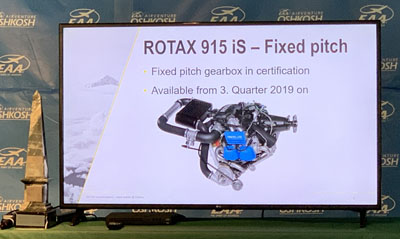 True to form as you might expect,
True to form as you might expect, 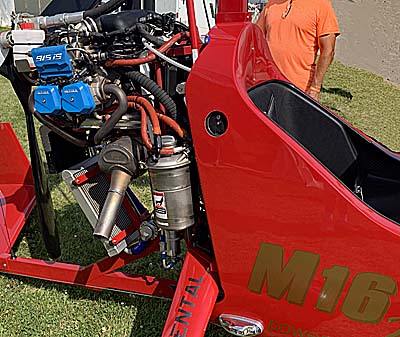
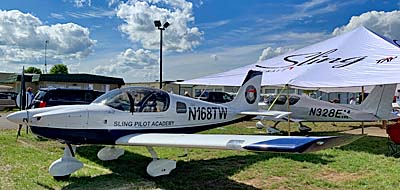 What's interesting here is that both companies have exclusively made low wing models in various configuration. Neither has made a high wing. One of these is also planning the new, powerful Rotax 915iS engine (though both producers are using that power plant in one of the low wing models.
For more on the entry from South Africa's
What's interesting here is that both companies have exclusively made low wing models in various configuration. Neither has made a high wing. One of these is also planning the new, powerful Rotax 915iS engine (though both producers are using that power plant in one of the low wing models.
For more on the entry from South Africa's 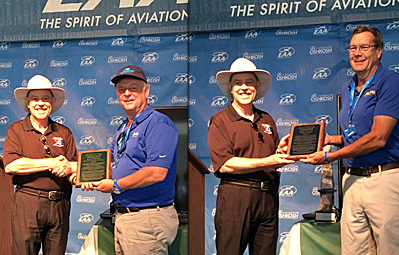
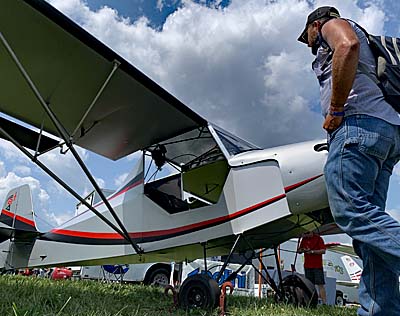
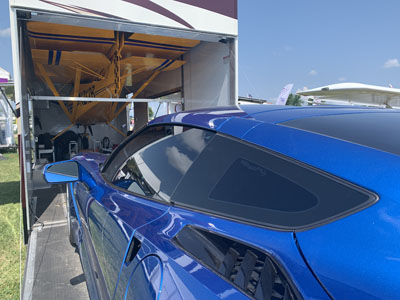 I hope I didn’t drool on it as I looked it over.
Built for recreation, this highly-customized trailer is towed behind the owner’s motorhome. It can hold his Aerotrek A240, requiring the tricycle gear model so as to fit the owners Corvette underneath. A clever system of ramps and winches allows him to load the aircraft and the car with no assistance. Both sides also open up to make it easier to stow the airplane ramps once the aircraft is secured and to allow proper tie-down of the Corvette.
As a former Corvette owner, a former motorhome owner, and a lover of the Aerotrek aircraft, this setup looked to be about as close to aviation heaven as mere mortals can get. So, this apparatus gets my award for the Coolest Rig seen at the show.
I hope I didn’t drool on it as I looked it over.
Built for recreation, this highly-customized trailer is towed behind the owner’s motorhome. It can hold his Aerotrek A240, requiring the tricycle gear model so as to fit the owners Corvette underneath. A clever system of ramps and winches allows him to load the aircraft and the car with no assistance. Both sides also open up to make it easier to stow the airplane ramps once the aircraft is secured and to allow proper tie-down of the Corvette.
As a former Corvette owner, a former motorhome owner, and a lover of the Aerotrek aircraft, this setup looked to be about as close to aviation heaven as mere mortals can get. So, this apparatus gets my award for the Coolest Rig seen at the show.
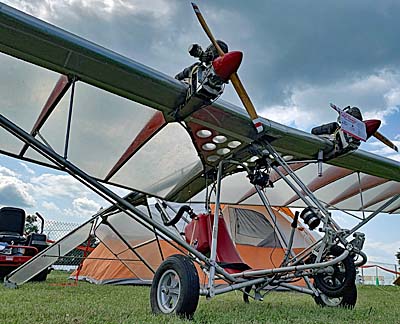

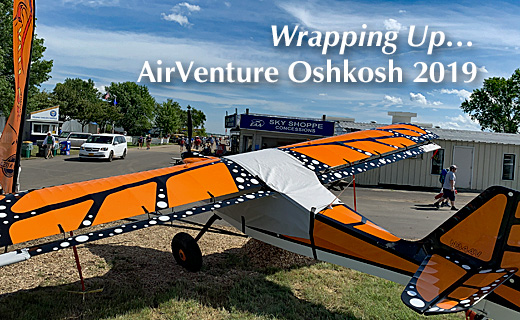
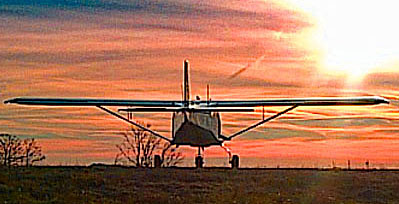 Regarding the much-anticipated max weight increase, FAA refers to a "Power Index." This term means a formula-based method to replace maximum takeoff weight in the definition of a LSA, involving wing area, horsepower, and takeoff weight.
FAA is also looking at up to four seats, “for personal use and for flight training.” Airspeeds — referring to maximum horizontal and never-to-exceed speeds (Vh and Vne) — may be higher than in the current rule, but will still be limited.
Neither will FAA be prescriptive about (that is, tightly defining) powerplants. The 2004 version of the LSA rule prohibited electric motors because rule writers wanted to discourage turbine power and therefore specified reciprocating engines, which knocked out electric. FAA will now consider both electric and hybrid.
Yet FAA was clear, “Movement of people for hire (such as the multicopter air taxis proposed by numerous companies) is not part of this.”
FAA is also reviewing what type of mechanics (LSR-M or A&P) can do what kind of work on specific systems of aircraft (examples: in-flight adjustable prop or electric propulsion systems).
Regarding the much-anticipated max weight increase, FAA refers to a "Power Index." This term means a formula-based method to replace maximum takeoff weight in the definition of a LSA, involving wing area, horsepower, and takeoff weight.
FAA is also looking at up to four seats, “for personal use and for flight training.” Airspeeds — referring to maximum horizontal and never-to-exceed speeds (Vh and Vne) — may be higher than in the current rule, but will still be limited.
Neither will FAA be prescriptive about (that is, tightly defining) powerplants. The 2004 version of the LSA rule prohibited electric motors because rule writers wanted to discourage turbine power and therefore specified reciprocating engines, which knocked out electric. FAA will now consider both electric and hybrid.
Yet FAA was clear, “Movement of people for hire (such as the multicopter air taxis proposed by numerous companies) is not part of this.”
FAA is also reviewing what type of mechanics (LSR-M or A&P) can do what kind of work on specific systems of aircraft (examples: in-flight adjustable prop or electric propulsion systems).
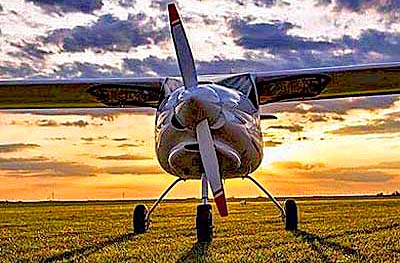 The FAA Reauthorization Act of 2018 includes a deadline of 2023 for implementing a key mandate that suggests the longest it should take. Once an NPRM is published, a comment period follows to hear from the public after which FAA needs time to address the concerns raised during that comment period. After closure of that comment period, the FAA has 16 months to publish the Final Rule.
Throughout the LAMA/FAA teleconference some ideas were repeated by FAA personnel…
The FAA Reauthorization Act of 2018 includes a deadline of 2023 for implementing a key mandate that suggests the longest it should take. Once an NPRM is published, a comment period follows to hear from the public after which FAA needs time to address the concerns raised during that comment period. After closure of that comment period, the FAA has 16 months to publish the Final Rule.
Throughout the LAMA/FAA teleconference some ideas were repeated by FAA personnel…
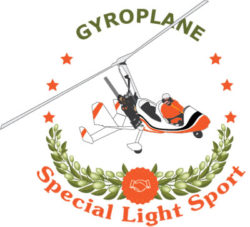 “All of these requests are on the table,” FAA acknowledged in the June teleconference. Of course, this does not mean all are certain to be included, but they represent a “huge opportunity [for industry and for pilots].”
“All of these requests are on the table,” FAA acknowledged in the June teleconference. Of course, this does not mean all are certain to be included, but they represent a “huge opportunity [for industry and for pilots].”
 “The Flight Standards people are considering [aerial work],” said FAA.
This important topic has been a priority for LAMA because it could become a vital activity to keep manufacturers healthy by expanding their capabilities and the markets they can serve. Pilots could also gain as this would provide more compensated flying jobs and business opportunities.
“The Flight Standards people are considering [aerial work],” said FAA.
This important topic has been a priority for LAMA because it could become a vital activity to keep manufacturers healthy by expanding their capabilities and the markets they can serve. Pilots could also gain as this would provide more compensated flying jobs and business opportunities.
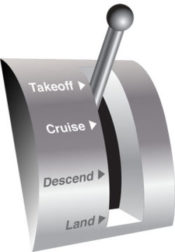 Single Lever Control
Single Lever Control
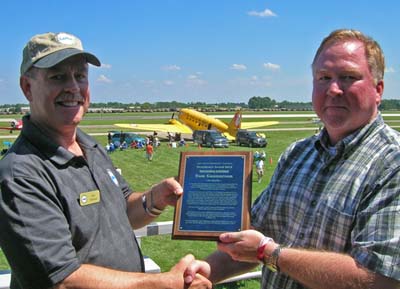
 In 2018, LAMA honored Adam Morrison, the steady hand at the tiller of the ASTM committee that writes and updates the industry consensus standards that allow LSA to fly in America and other countries without having to go through terribly expensive Part 23 (Type Certificate) level approval.
For his service to the light aircraft community, Adam Morrison was chosen after numerous nominations were received from hundreds of people.
For several recent years, Adam Morrison has led the F37 Committee for ASTM in what is a challenging and rather thankless task but one essential to the approval of new LSA. Like nearly all who work on this committee, Adam volunteers his time.
Adam successfully converted a childhood love for flying into a career focused on helping aircraft manufacturers prepare their designs for the market. Many of the leading companies have benefitted from his deep knowledge and expert guidance. His company,
In 2018, LAMA honored Adam Morrison, the steady hand at the tiller of the ASTM committee that writes and updates the industry consensus standards that allow LSA to fly in America and other countries without having to go through terribly expensive Part 23 (Type Certificate) level approval.
For his service to the light aircraft community, Adam Morrison was chosen after numerous nominations were received from hundreds of people.
For several recent years, Adam Morrison has led the F37 Committee for ASTM in what is a challenging and rather thankless task but one essential to the approval of new LSA. Like nearly all who work on this committee, Adam volunteers his time.
Adam successfully converted a childhood love for flying into a career focused on helping aircraft manufacturers prepare their designs for the market. Many of the leading companies have benefitted from his deep knowledge and expert guidance. His company, 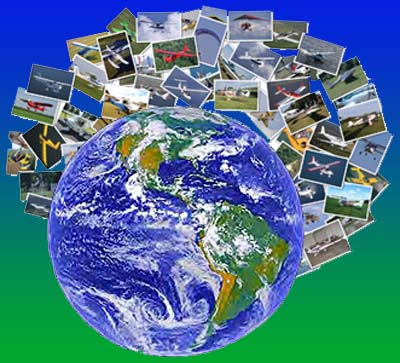 For this 28th year of this award, aviation professionals have been invited to submit a name for consideration. From all the nominations received, the one with the most votes wins. Very simple rules guide the vote.
As LAMA founder, Larry Burke, told pros, "Select any individual you wish from the aviation community … someone you think has made significant contributions to the light aviation field."
During or after AirVenture 2019, LAMA will announce the newest recipient of the organization's highest award.
For this 28th year of this award, aviation professionals have been invited to submit a name for consideration. From all the nominations received, the one with the most votes wins. Very simple rules guide the vote.
As LAMA founder, Larry Burke, told pros, "Select any individual you wish from the aviation community … someone you think has made significant contributions to the light aviation field."
During or after AirVenture 2019, LAMA will announce the newest recipient of the organization's highest award.
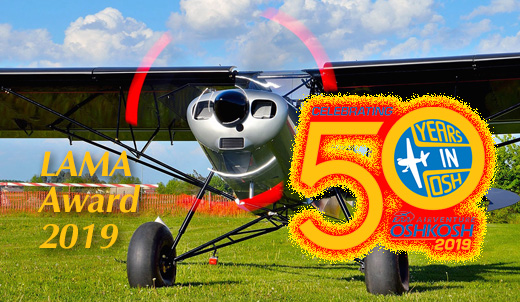
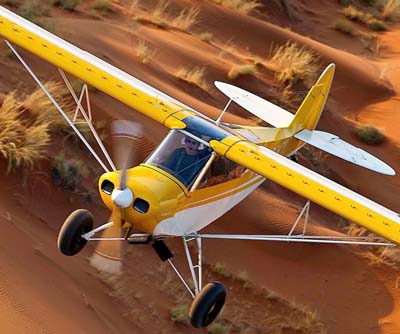 This weekend a firestorm erupted out of the blue. A wave of questions is ringing my phone, piling up text messages, and populating my social media accounts. Because it seems premature, I preferred not to weigh in on LSA weight but given the volume of comments, neither can I remain silent.
In addition, a shockingly near-term timeline for FAA to issue rulemaking further enforces the need to speak out now. I will provide information gleaned just an hour ago.
In case you missed the story, here's what
This weekend a firestorm erupted out of the blue. A wave of questions is ringing my phone, piling up text messages, and populating my social media accounts. Because it seems premature, I preferred not to weigh in on LSA weight but given the volume of comments, neither can I remain silent.
In addition, a shockingly near-term timeline for FAA to issue rulemaking further enforces the need to speak out now. I will provide information gleaned just an hour ago.
In case you missed the story, here's what 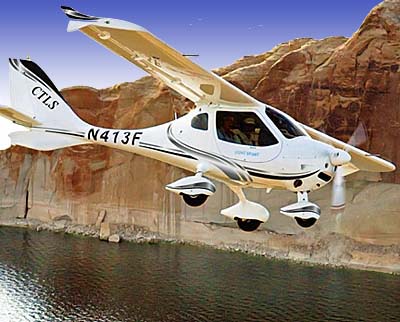 I reached out to contacts in the agency and got a reply even though government is closed for Columbus Day. Here's what I learned from the group tasked with preparing this rule.
First — The announced date of "January 19, 2019" simply cannot happen. The team creating the rule does not possibly have the time to complete work by then. In fact, it is more likely "three to four years away." The new rule is a huge, sweeping effort that touches on many FAR parts; it cannot be completed on such a rushed schedule, nor would doing so be prudent.
Second — An effort is being made to align this major new regulation with the Basic Med rule, meaning that, yes, gross weight may go as high as was stated — and extra seats may be added — but, this is by no means determined yet. It will not even go before FAA's high level rulemaking council for initial determination until December …if then. At this time, "this is just at the discussion stage," reported my contact.
I reached out to contacts in the agency and got a reply even though government is closed for Columbus Day. Here's what I learned from the group tasked with preparing this rule.
First — The announced date of "January 19, 2019" simply cannot happen. The team creating the rule does not possibly have the time to complete work by then. In fact, it is more likely "three to four years away." The new rule is a huge, sweeping effort that touches on many FAR parts; it cannot be completed on such a rushed schedule, nor would doing so be prudent.
Second — An effort is being made to align this major new regulation with the Basic Med rule, meaning that, yes, gross weight may go as high as was stated — and extra seats may be added — but, this is by no means determined yet. It will not even go before FAA's high level rulemaking council for initial determination until December …if then. At this time, "this is just at the discussion stage," reported my contact.
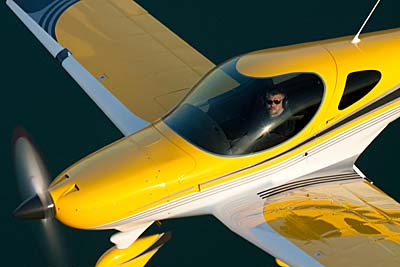 Third — LSA gross weight will rise but "not to a hard number" like 3,600 pounds. It will involve a maximum horsepower, a given stall speed, among other considerations, all of which will rely on the laws of physics to keep the aircraft design reasonable.
In July, in
Third — LSA gross weight will rise but "not to a hard number" like 3,600 pounds. It will involve a maximum horsepower, a given stall speed, among other considerations, all of which will rely on the laws of physics to keep the aircraft design reasonable.
In July, in 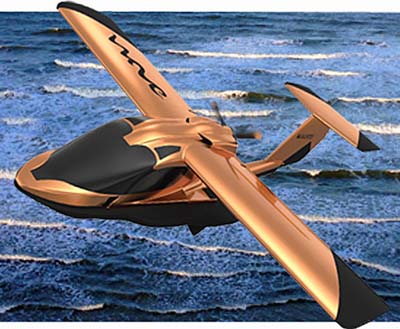 About this weekend's news, one U.S. supplier said, "I’m pretty worried." He's concerned people may hold off a purchase, waiting to see what happens. "I’ve seen it before," he added. However, since the new rule remains years away, no buyer ought to halt the joy of acquiring and flying a new aircraft.
Another industry expert said, "I hate being caught flat-footed like this." He remembered clearly what happened with the early announcement of medical changes.
While all the buzz today may be about gross weight, the light aircraft industry has other concerns about the regulations that
About this weekend's news, one U.S. supplier said, "I’m pretty worried." He's concerned people may hold off a purchase, waiting to see what happens. "I’ve seen it before," he added. However, since the new rule remains years away, no buyer ought to halt the joy of acquiring and flying a new aircraft.
Another industry expert said, "I hate being caught flat-footed like this." He remembered clearly what happened with the early announcement of medical changes.
While all the buzz today may be about gross weight, the light aircraft industry has other concerns about the regulations that 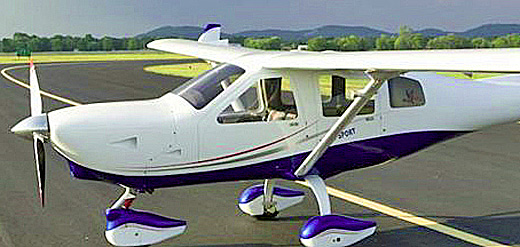
 While this space is usually dedicated to cool new airplanes — not boring government policy reviews …yawn! — this article will provide some rays of light to an industry approaching its 15th birthday (in September 2019). I think some of this may surprise you.
While this space is usually dedicated to cool new airplanes — not boring government policy reviews …yawn! — this article will provide some rays of light to an industry approaching its 15th birthday (in September 2019). I think some of this may surprise you.
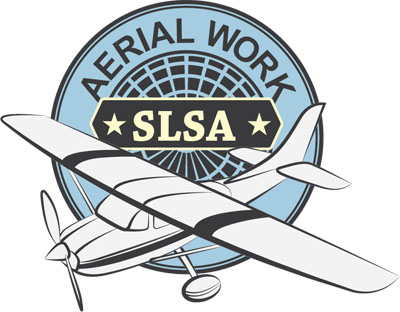 After many meetings with high-level FAA executives and project managers, we are pleased to report that ALL these objectives and one more — increasing the gross weight of LSA — are included in FAA’s present actions regarding rule making. Note that gross weight will probably be determined by a new system other than a fixed-weight number but the exact formula is pending while FAA finalizes their regulation plans.
To repeat, ALL these objectives are on FAA’s list for inclusion in eventual rule making.
“Eventual” is a key word, however…
Work Far from Done
In 2018, neither aircraft manufacturers nor pilots can take advantage of these new opportunities. While the future appears to hold great promise, LAMA and USUA have sought a faster solution. The changes sought should broaden the appeal of LSA leading to not only more sales but a higher value for the aircraft you buy.
After many meetings with high-level FAA executives and project managers, we are pleased to report that ALL these objectives and one more — increasing the gross weight of LSA — are included in FAA’s present actions regarding rule making. Note that gross weight will probably be determined by a new system other than a fixed-weight number but the exact formula is pending while FAA finalizes their regulation plans.
To repeat, ALL these objectives are on FAA’s list for inclusion in eventual rule making.
“Eventual” is a key word, however…
Work Far from Done
In 2018, neither aircraft manufacturers nor pilots can take advantage of these new opportunities. While the future appears to hold great promise, LAMA and USUA have sought a faster solution. The changes sought should broaden the appeal of LSA leading to not only more sales but a higher value for the aircraft you buy.
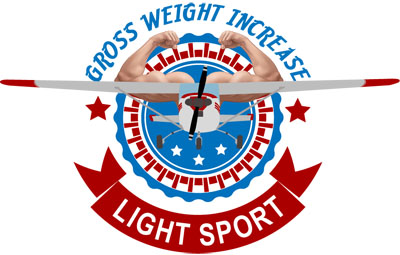 We are proud of what we’ve been able to accomplish on the skinniest of budgets but we did not fly solo.
We also sought, and received, support for our initiatives from big organizations such as EAA, AOPA, and GAMA. While these giants of aviation first serve their own members, LAMA is 100% focused on light aircraft.
Rulemaking will consume at least three years and it could be even longer before such rules go into force, assuming no changes of present course.
Three to five years is a long time to wait for change for an industry not even 15 years old.
We are proud of what we’ve been able to accomplish on the skinniest of budgets but we did not fly solo.
We also sought, and received, support for our initiatives from big organizations such as EAA, AOPA, and GAMA. While these giants of aviation first serve their own members, LAMA is 100% focused on light aircraft.
Rulemaking will consume at least three years and it could be even longer before such rules go into force, assuming no changes of present course.
Three to five years is a long time to wait for change for an industry not even 15 years old.
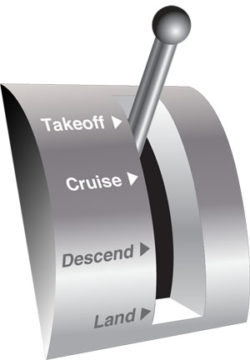 So, following a direct request from top FAA executives, we submitted a comprehensive business case for a program that we hope will much sooner allow manufacturers, dealers, owners, operators, and pilots to exercise the core-four-plus-one privileges.
The program we proposed is an evaluation and data-gathering period which will give FAA precisely what managers and executives say they need ("more data") in order to get approval to change current regulations.
LAMA’s plan will help industry and pilots but it will also help FAA.
Allowing industry and pilots to gain new opportunities under controlled circumstances can give everyone privileges in the near(er) term while generating valuable data for FAA to use in justifying regulation change.
LAMA and USUA are pleased to supply such a great outlook but caution that it took more than four years of hard work to get to this point and, as a much-revered author once wrote, "Anything can happen. Nothing has to happen." Nonetheless, we pledge to keep moving forward toward these goals.
So, following a direct request from top FAA executives, we submitted a comprehensive business case for a program that we hope will much sooner allow manufacturers, dealers, owners, operators, and pilots to exercise the core-four-plus-one privileges.
The program we proposed is an evaluation and data-gathering period which will give FAA precisely what managers and executives say they need ("more data") in order to get approval to change current regulations.
LAMA’s plan will help industry and pilots but it will also help FAA.
Allowing industry and pilots to gain new opportunities under controlled circumstances can give everyone privileges in the near(er) term while generating valuable data for FAA to use in justifying regulation change.
LAMA and USUA are pleased to supply such a great outlook but caution that it took more than four years of hard work to get to this point and, as a much-revered author once wrote, "Anything can happen. Nothing has to happen." Nonetheless, we pledge to keep moving forward toward these goals.

